Vipers of the Eastern Cape
The Eastern Cape region plays host to a wide range of interesting and exciting snake species. Among the most fascinating of these, include the vipers and the adders of the viperidae family. South Africa plays host to 14 of these snakes, two night adders (Causus spp.), two large vipers (puff adder and gaboon adder) and 10 dwarf adders. In the Eastern Cape you can find seven of these snakes, two of which can only be found in the Eastern Cape. These two snakes are the Albany adder (Bitis albanica) and the plain mountain adder (Bitis inornata), both of which are considered among the most rarely encountered snakes in Africa. This list covers all the vipers and adders found in the Eastern Cape, except for the red adder (Bitis rubida).
Puff Adder (Bitis arietans)
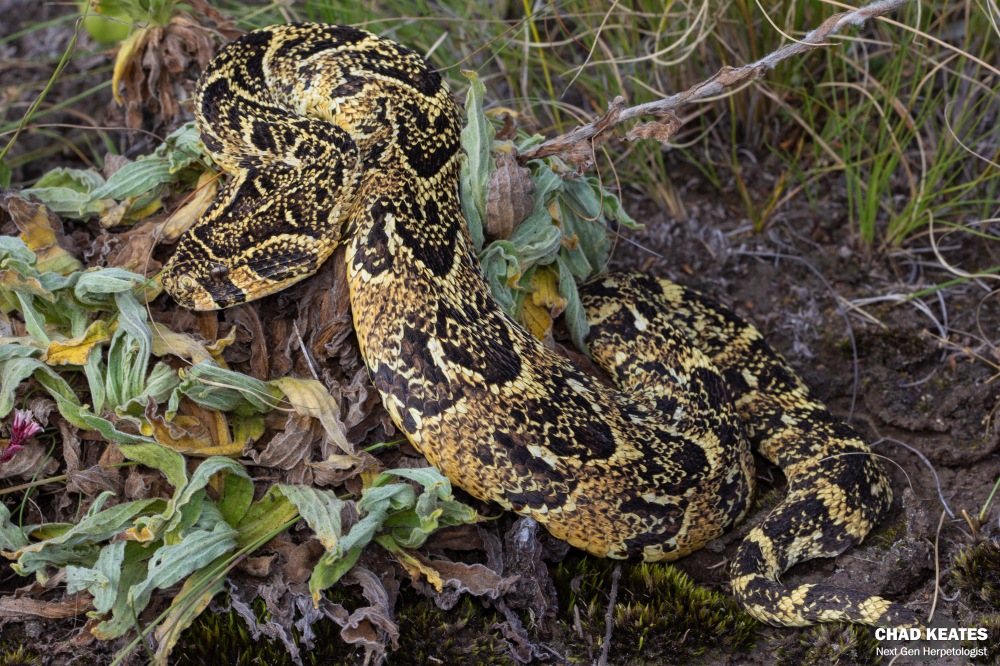
Size: 90 – 100cm.
Habits: A sluggish ambush hunter that can be found in virtually every habitat, it prefers to be on the ground in bushy habitat, but can be found in low bushes sunning itself, or even swimming. They can be found basking during the day, but they tend to move at night, and are often hit by cars while crossing the road. When calm, puff adders tend to move in caterpillar-like fashion, but when agitated they will quickly switch to the conventional serpentine movement method and can move off rapidly. When concealed puff adders are less likely to bite and can often be trodden on without due reaction. When exposed however, puff adders can be become very aggressive and will often let out a deep hiss. If ignored, the snake will coil into an S-shape, and drop its head, a clear indication that a strike is imminent. Although slow moving, these snakes strike quickly and rapidly.
Danger to Life: A potentially deadly snake that is responsible for the second most serious venomous snakebites in South Africa, after the Mozambique Spitting Cobra. Due to their camouflage and preference to freeze instead of fleeing, lots of people unsuspectingly place themselves within striking range daily. Deaths are rare because the venom is slow acting, giving victims time, but professional medical treatment should be sought immediately for both humans and pets.
Prey & Feeding: A sit-and-wait predator that spends much of its time immobile, concealed beneath bushes and long grass (sometimes for weeks), awaiting passing prey. With their large retractable fangs (12-18mm) and enormous muscle tone, the snake injects its venom deep into unsuspecting prey. Once injected, the snake will release the animal (Minimize harm to itself) and allow it to flee. The snake will then follow the scent trail of dead/dying prey item. Prefers to prey on rats, mice and other small mammals, but will take lizards, birds, lizards and frogs, with juveniles showing an acute preference for toads.
Similar Species: A large charismatic species that is quite distinct. When younger, it may be confused with other dwarf adders such as the berg adder and plain mountain adder, but it is easily distinguishable from non-venomous snakes.
Berg Adder (Bitis atropos)
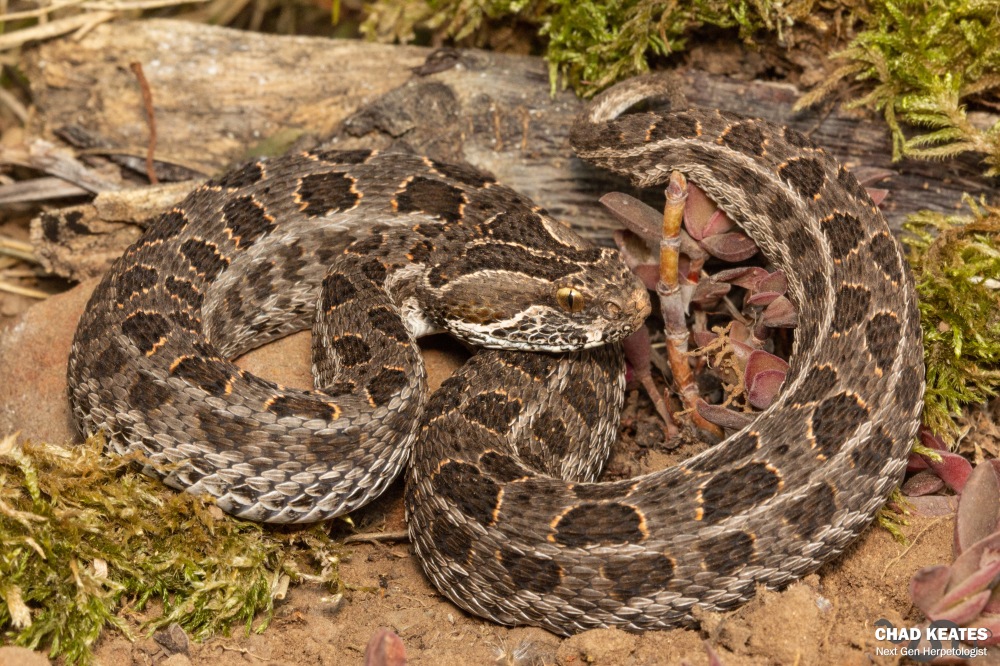
Size: 30 – 40cm.
Habits: A bad-tempered dwarf adder that will hiss loudly if disturbed. These snake’s frequent mountain fynbos and montane grassland from sea-level in the cape to 3000m in the Drakensberg. They are often encountered by hikers and nature enthusiasts, while basking on footrails, besides grass tussocks and on cliff ledges. While these snakes will move off quickly if disturbed, these snakes are not scared to bite and will strike rapidly if bothered.
Danger to Life: Berg adders are commonly encountered by hikers. Because of their aggressive nature and cryptic colouration (hampering identification), bites from these species are common and result in serious neurological symptoms. Although no human fatalities have been recorded, the bite should be treated seriously, and hospitalisation may be required.
Prey & Feeding: An ambush hunter that relies on its potent venom to incapacitate its variable prey. This snakes preys mainly on lizards and small rodents but will also take fledgling ground birds and amphibians (especially rain frogs) if encountered. Juveniles prey predominately on frogs and toads.
Similar Species: Easily confused with other adders (Bitis genus), especially juvenile/sub-adult puff adders because of their similar body shape and profile. Can also be confused with whip snakes, grass snakes and juvenile mole snakes because of the presence of similarly shaped dorsal markings. These snakes are however elongate and easily distinguishable from the stout, chubby berg adder.
Albany Adder (Bitis albanica)
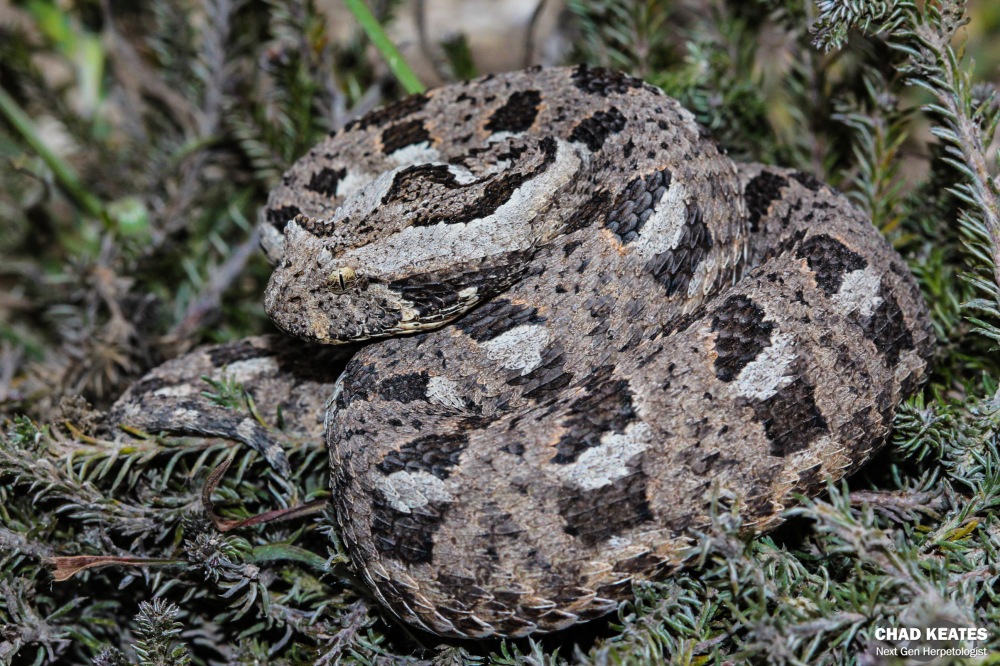
Size: 25 – 30cm.
Habits: A rare, incredibly secretive, little adder that can be found cruising at dawn or dusk, or inactive beneath rocks, shrubs and fallen debris. The snake has a very restricted habitat preference, being found only in Albany thicket and bontvold grasslands from 50-400m above sea level. Previously considered a sub-species of the many-horned adder (Bitis cornuta), the species was described in 1997 and only a handful of specimens have been found since. Unfortunately, all these specimens have been recovered from a heavily mined area, a strip of land only 10km long. Not much is known about the behaviour of this snake, but like other dwarf adders (Bitis genus), Albany adders become agitated when confronted, and will strike repeatedly if bothered.
Danger to Life: Although no human bites have been recorded, the venom of this snake is likely similar to that of other dwarf adders and thus unlikely to cause serious symptoms. In the unlikely instance of a bite, prompt medical treatment should be sought.
Prey & Feeding: Very little is known, but this snake likely feeds on small lizards such as sand lizards, geckos and skinks, and potentially small rodents.
Similar Species: May be confused with other dwarf adders, but none of them overlap in distribution. The snake may be confused with a juvenile puff adder.
Horned Adder (Bitis caudalis)
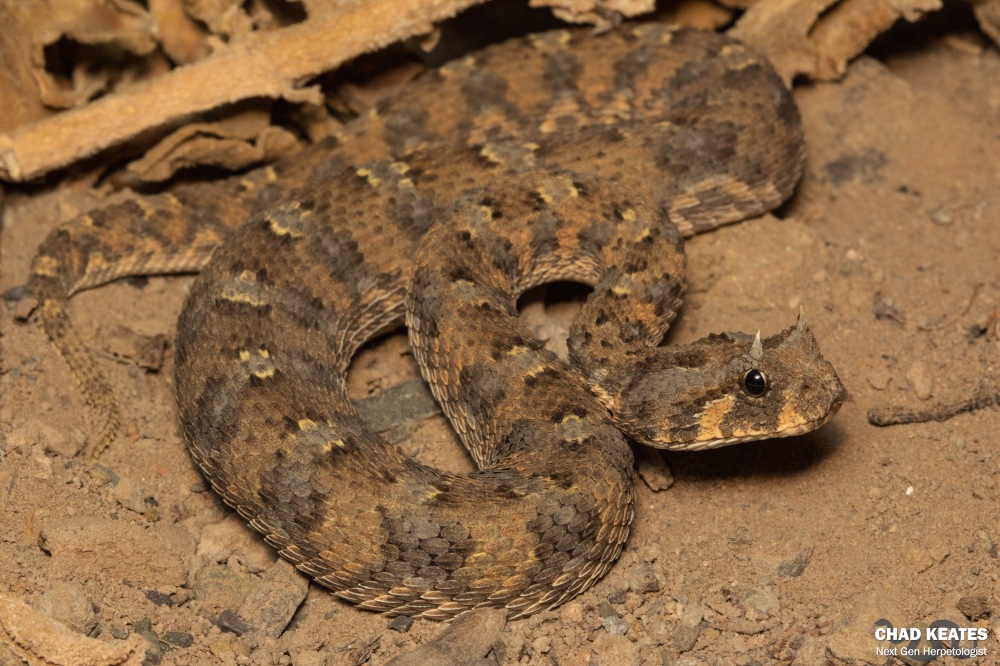
Size: 25 – 40cm.
Habits: A small yet common arid adapted adder that that prefers hot, dry open areas, with sparse vegetation in the western arid regions, from 300-1600 masl. Usually active at dusk and dawn, this snake can often be found on warm nights basking, where it often gets killed by motorists. During the day the snake can be found basking in low shrubs, beneath rocks and bushes, and sometimes buried in loose sand. If disturbed the snake will hiss loudly, inflate its body and strike furiously.
Danger to Life: This snake has the potential to inflict and incredibly painful bit that may require medical attention, but the venom does not pose a real threat to humans, but the effects may be more severe in smaller children.
Prey & Feeding: A sit-and-wait predator that ambushes prey from a concealed position. Once bitten the snake tends to hold onto their prey. These snakes feed predominately on lizards such as geckos, lacertids and skinks, but will also take small rodents, ground living birds and frogs. In the presence of loose sand, the snake will bury itself, leaving only the eyes and horns exposed, making it virtually invisible to passing prey. The snake may use its black-tipped tail to lure prey closer.
Similar Species: May be confused with juvenile puff adders, dwarf adders such as the plain mountain adder, and grass and whip snakes. A single horn above each eye, a blotched underbelly and the presence of small head scales and a stocky body make horned adders distinguishable from these respective snakes.
Plain Mountain Adder (Bitis inornata)
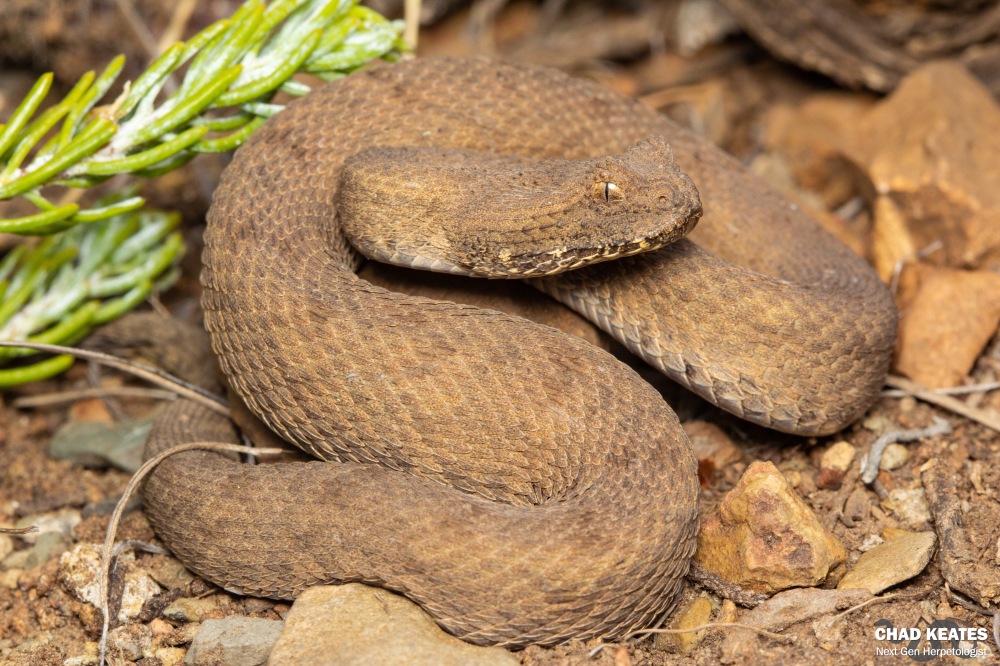
Size: 25 – 30cm.
Habits: A uniformly coloured, secretive dwarf adder know from only a few sightings in north-western Eastern Cape. It can be found in Grasslands above 1500 masl, in areas that received heavy snow and frost in winter. They bask in early morning and late afternoon but can also be found inactive beneath stones and rock slabs and besides/in grass tussocks. When confronted the snake will hiss loudly, and will strike if provoked.
Prey & Feeding: An ambush hunter that feeds on small lizards such as skinks, sand lizards and geckos. Small rodents may be taken.
Danger to Life: Although no human bites have been recorded, the venom of this snake is likely like other dwarf adders and thus unlikely to cause serious symptoms. In the unlikely instance of a bite, prompt medical treatment should be sought.
Similar Species: May be confused with a young puff adder, but the lack of markings make it visually distinguishable from the vividly marked puff adder. Could be confused with the other dwarf adders, but none of these coexist with this species.
Night Adder (Causus rhombeatus)
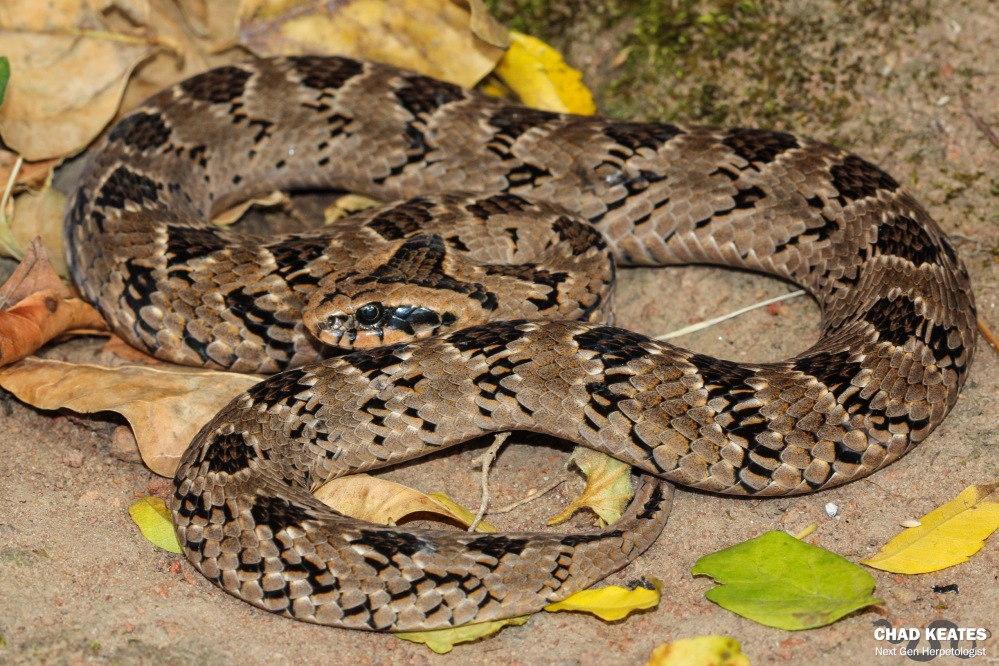
Size: 40-60cm.
Habits: A widespread terrestrial snake that favours damp localities, often near dams, vleis, ponds and rivers. During the day, the snake can be found inactive beneath rocks, logs and among building rubble, and sometimes inside abandoned termite mounds. At night the snake can be found actively foraging, albeit slowly, for prey. The snake can often be found near human habitation because of its preference for water and will tend to move away if confronted. If aggravated however, the snake will flatten its body, coil into an S-shape and hiss loudly.
Danger to Life: Although no human fatalities have been recorded, a bite from this snake can be very painful and may require hospitalisation for both human and pet. Bites are also common (especially dogs) as the snakes is often found in close proximity to human habitation, in search of food.
Prey & Feeding: An active hunter that relies on its sense of smell to locate its food at night, this species tends to specialise on frogs and toads. Juveniles may take tadpoles.
Similar Species: This snake is very easily confused with the rhombic egg eater. It is also sometimes confused with the other species of adder.
 Next Gen Herpetologist
Next Gen Herpetologist 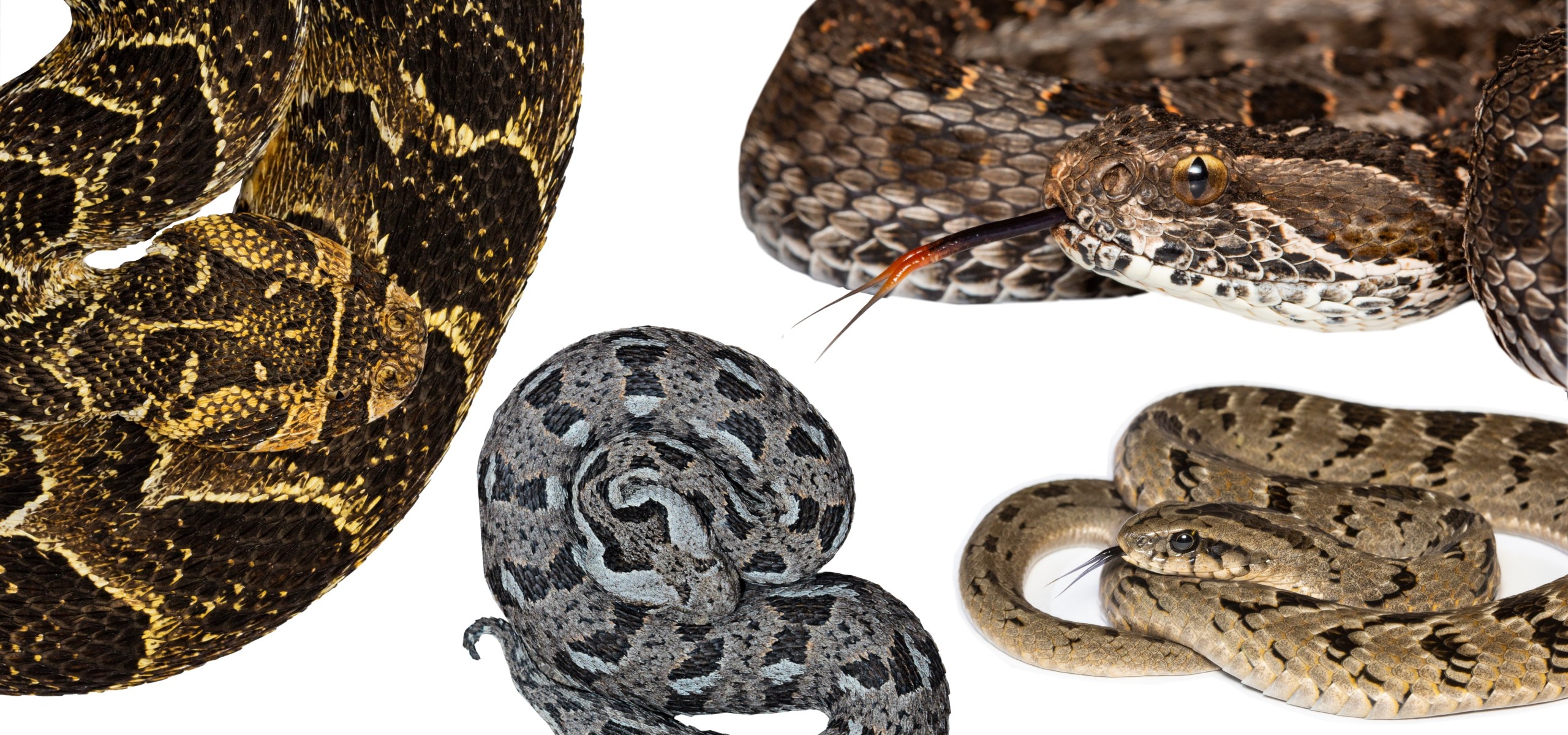
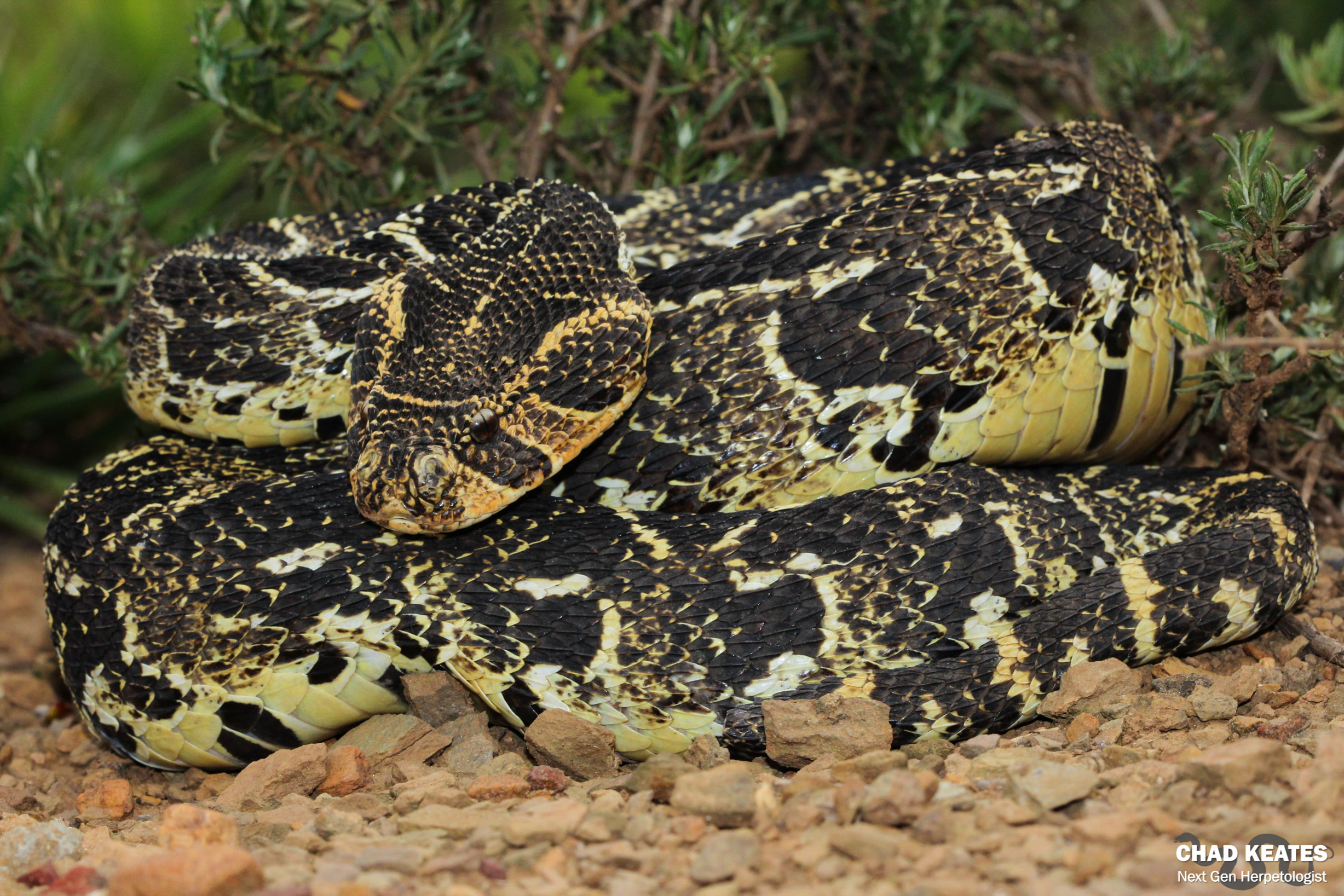
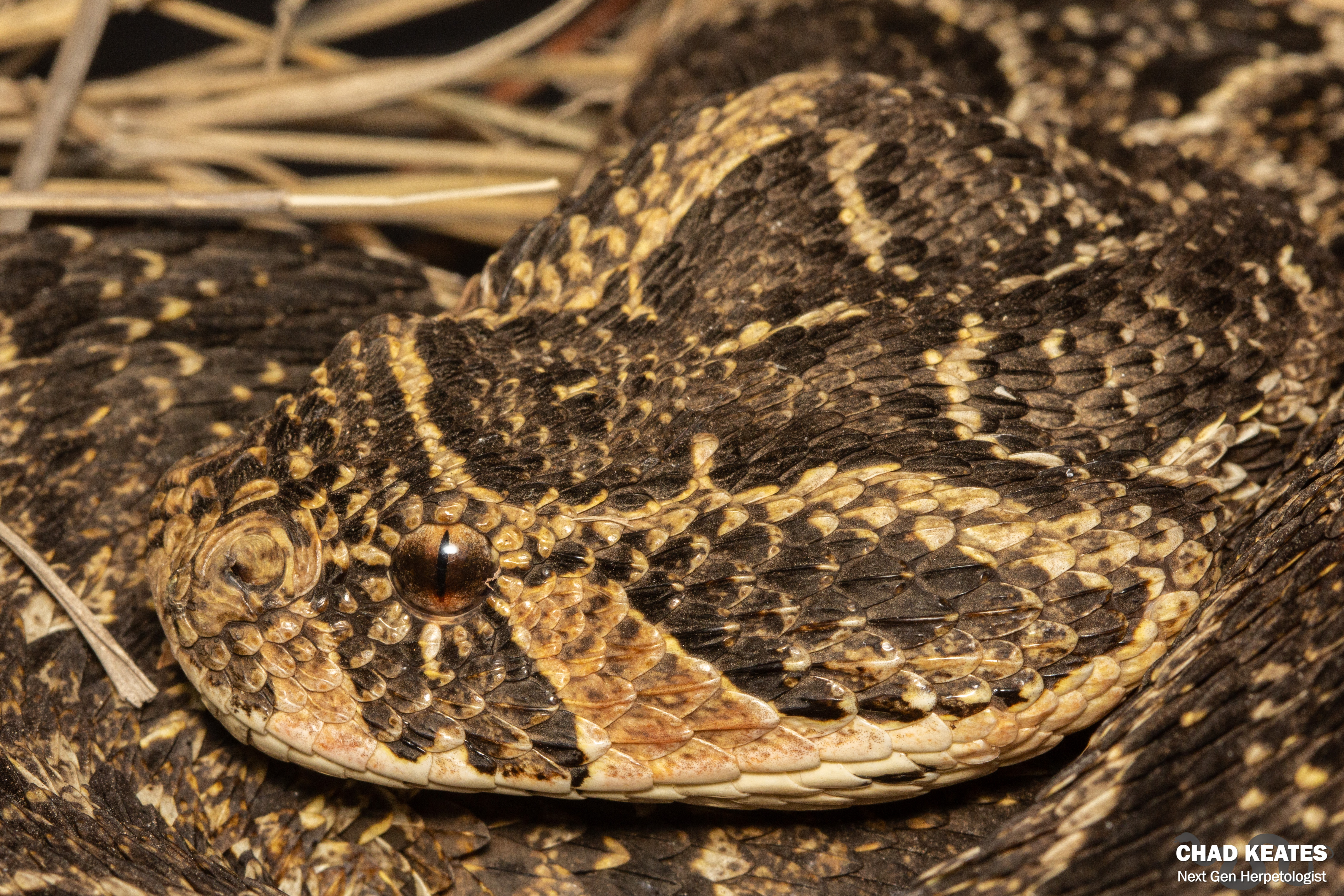
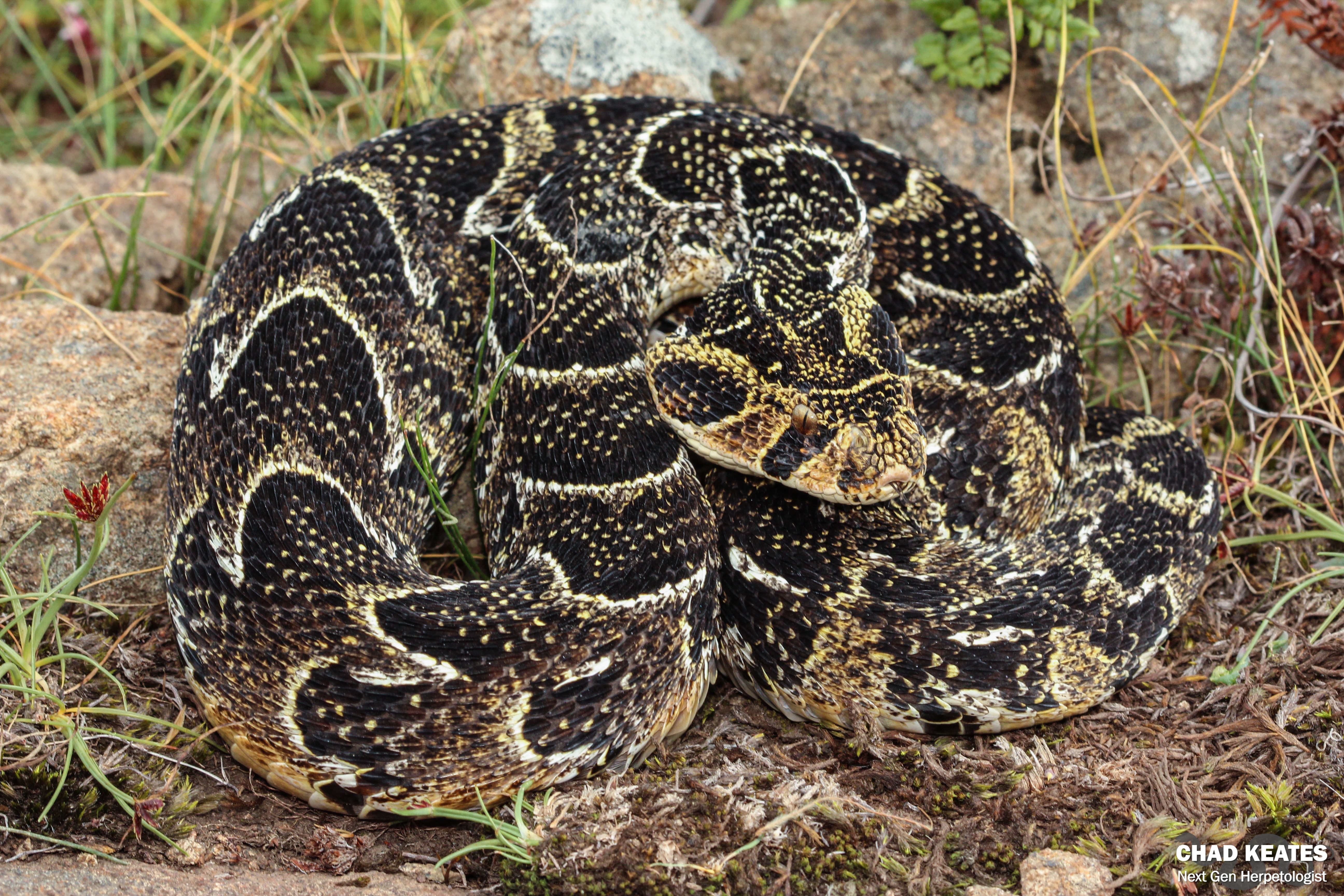
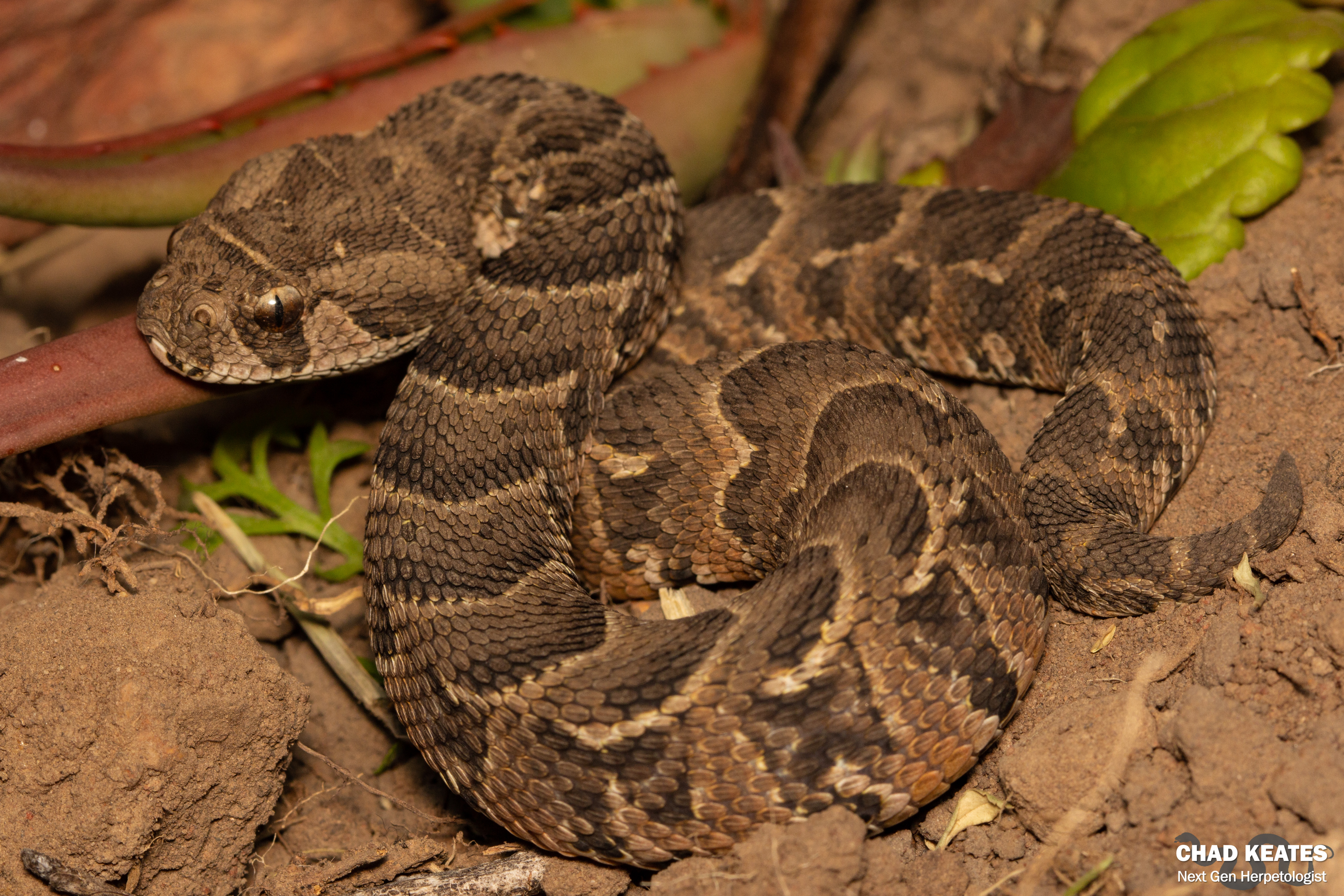
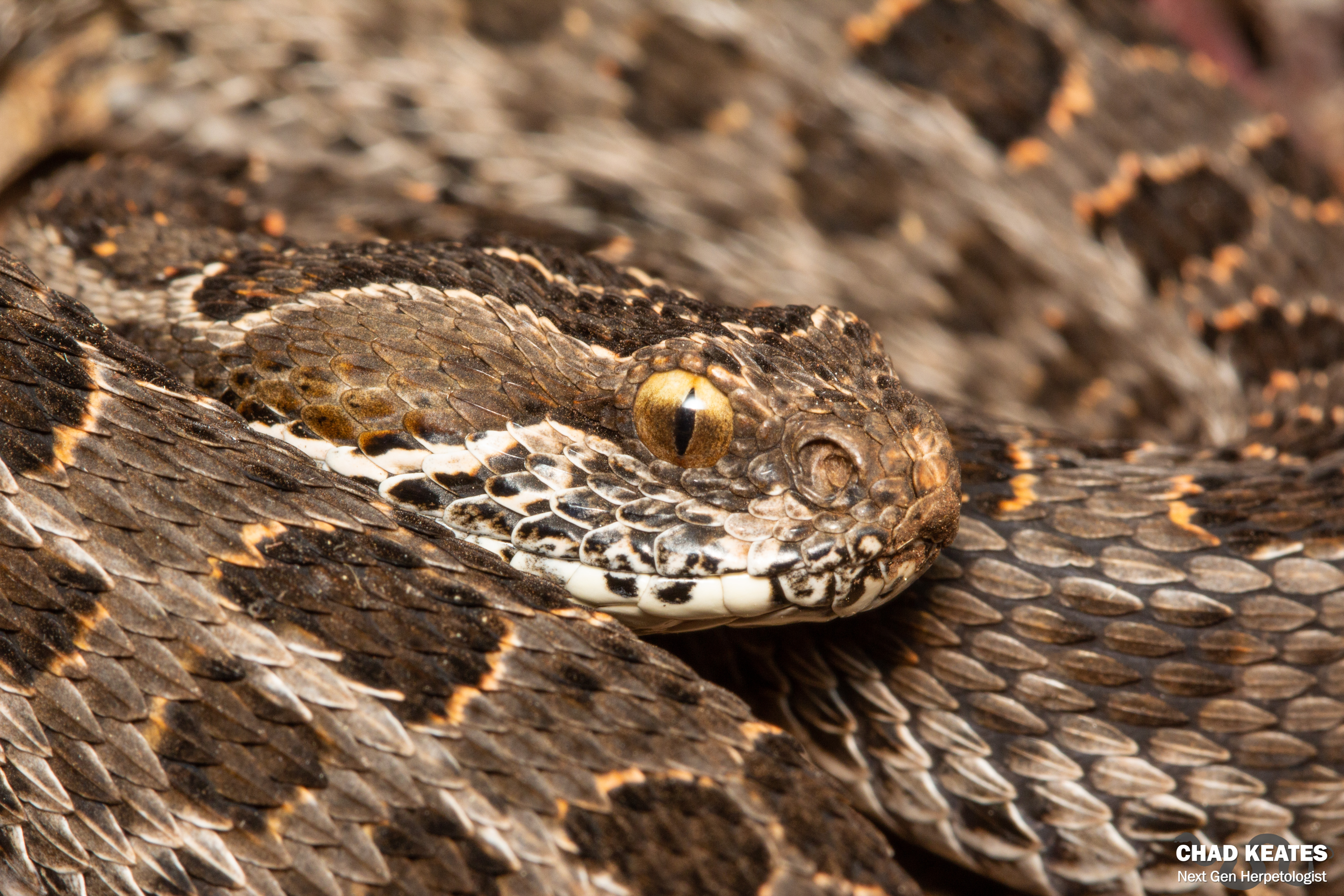
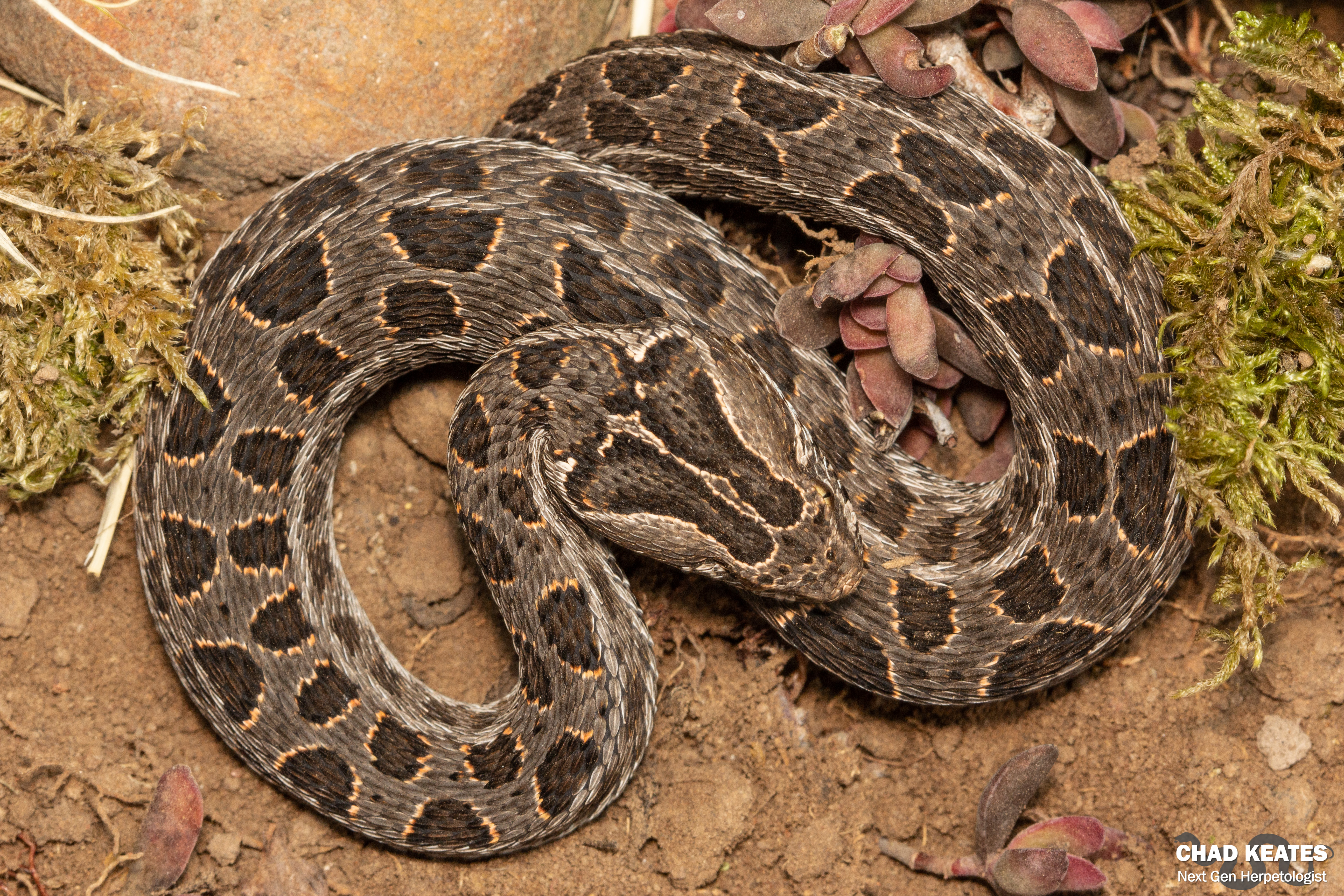
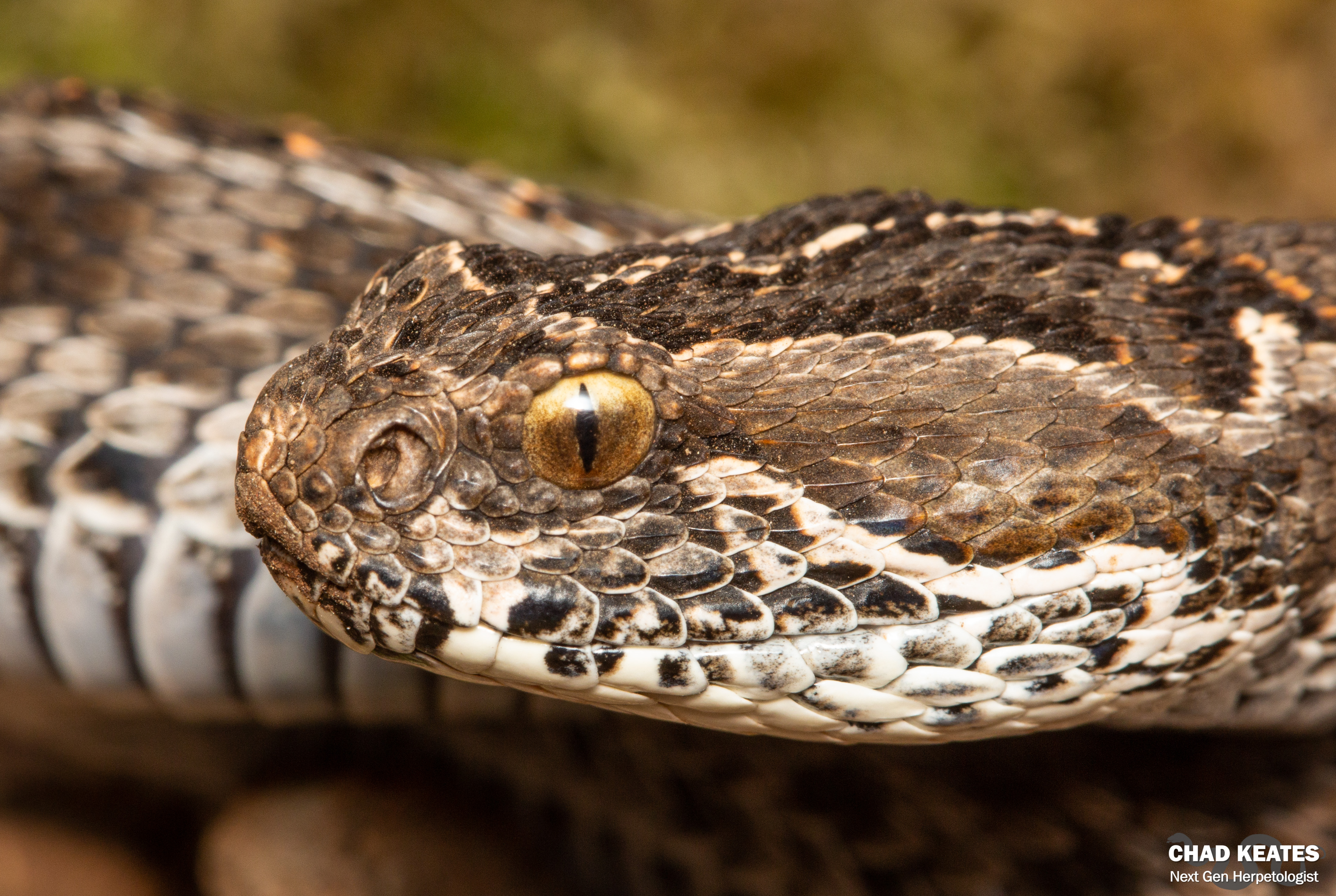
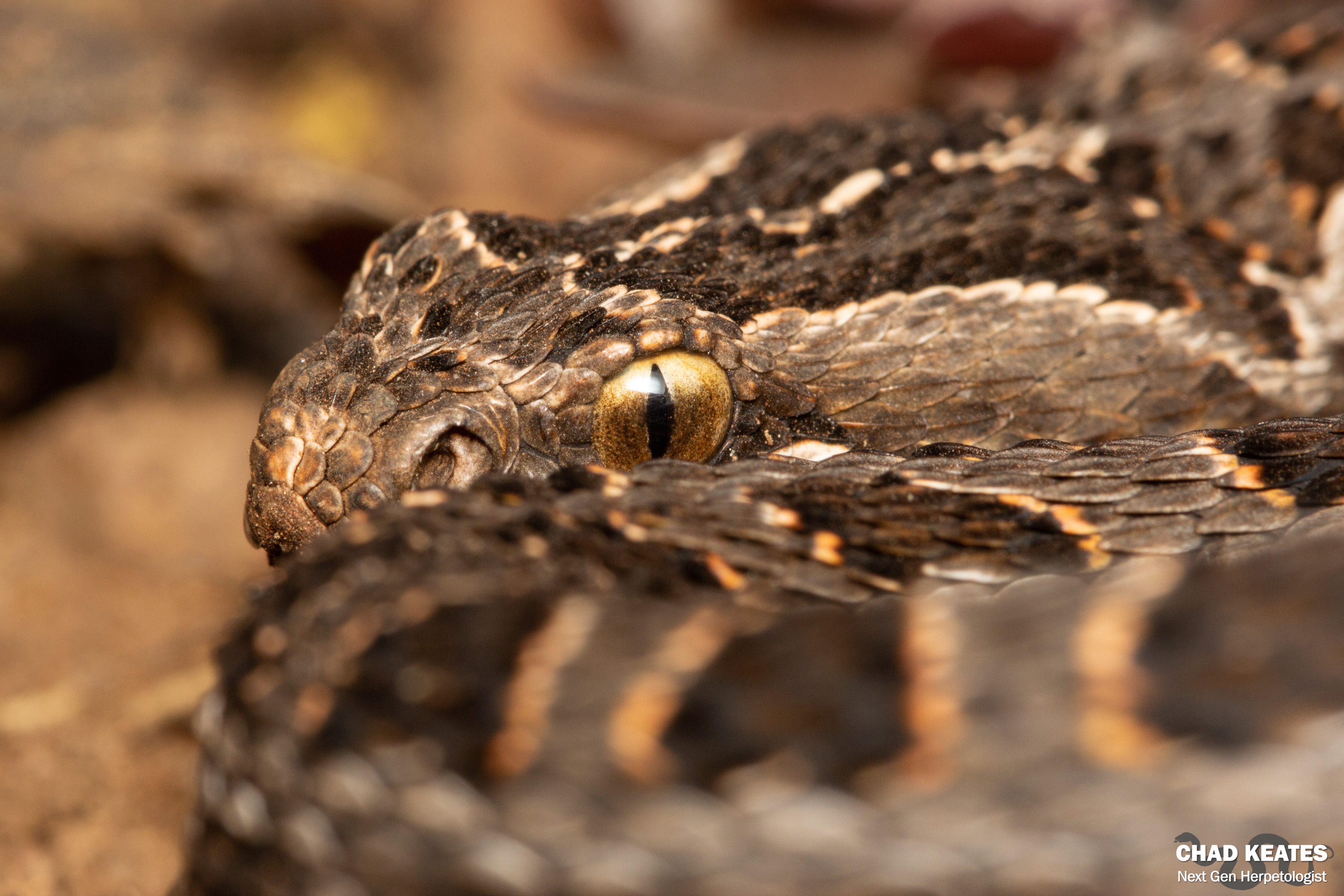
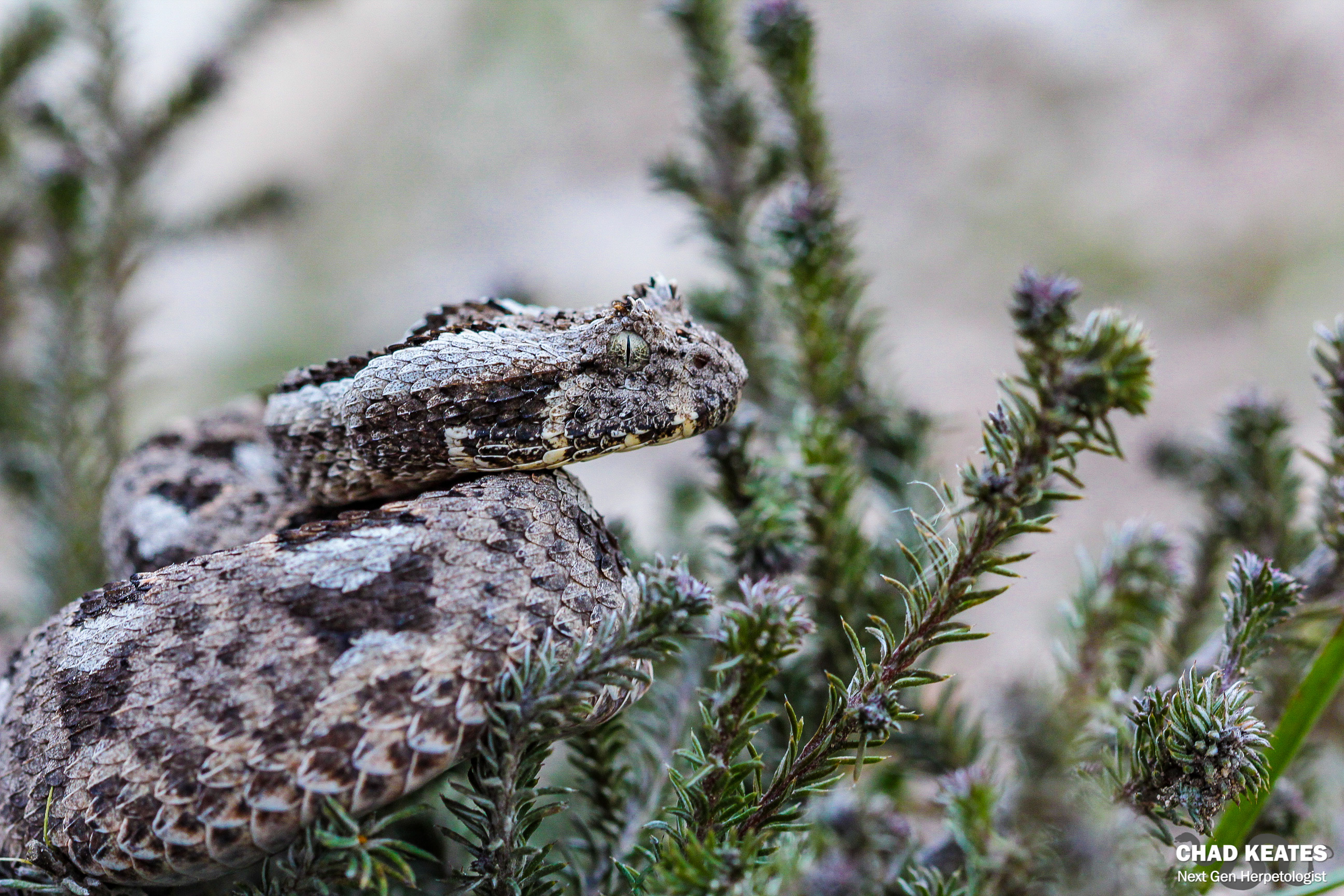
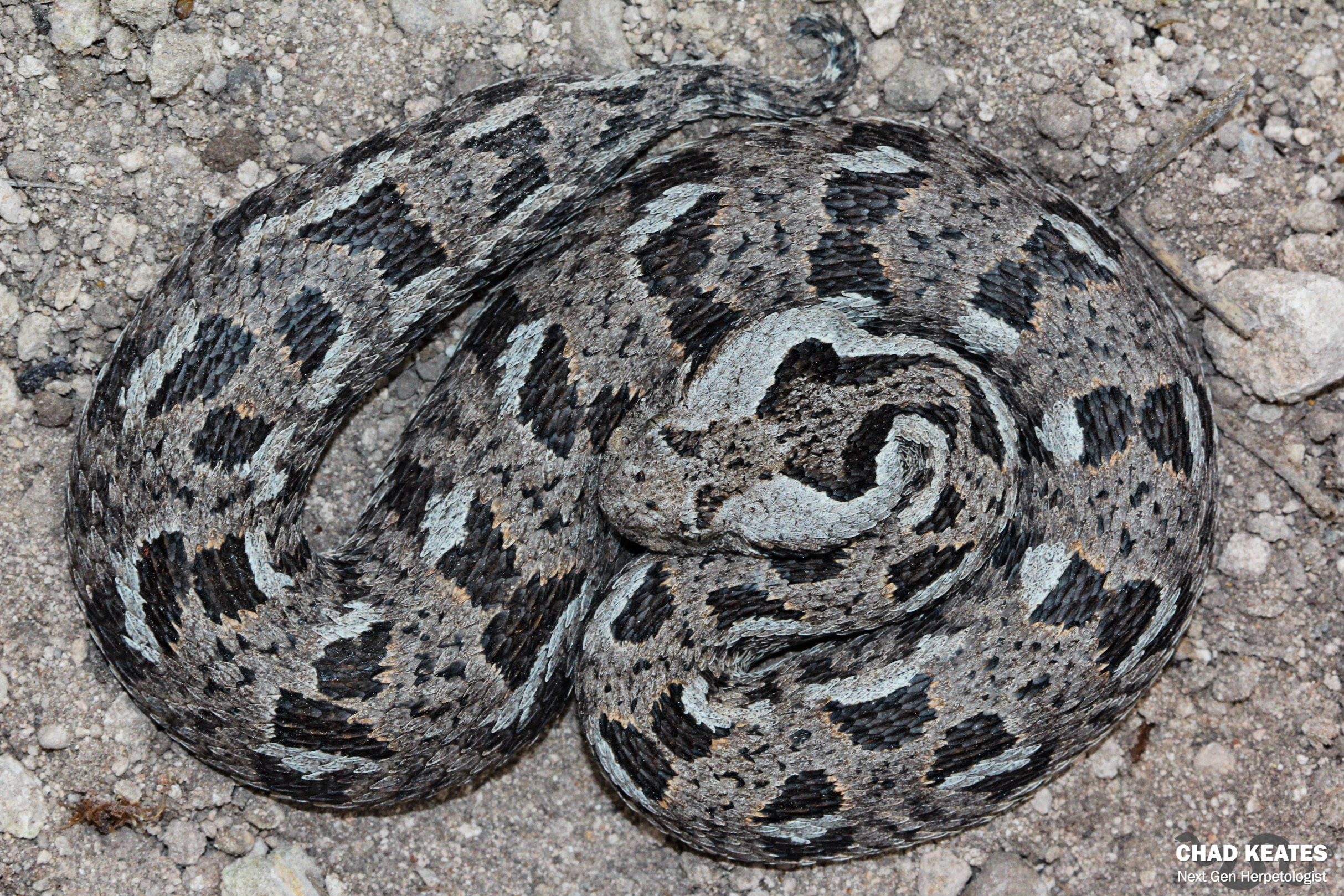
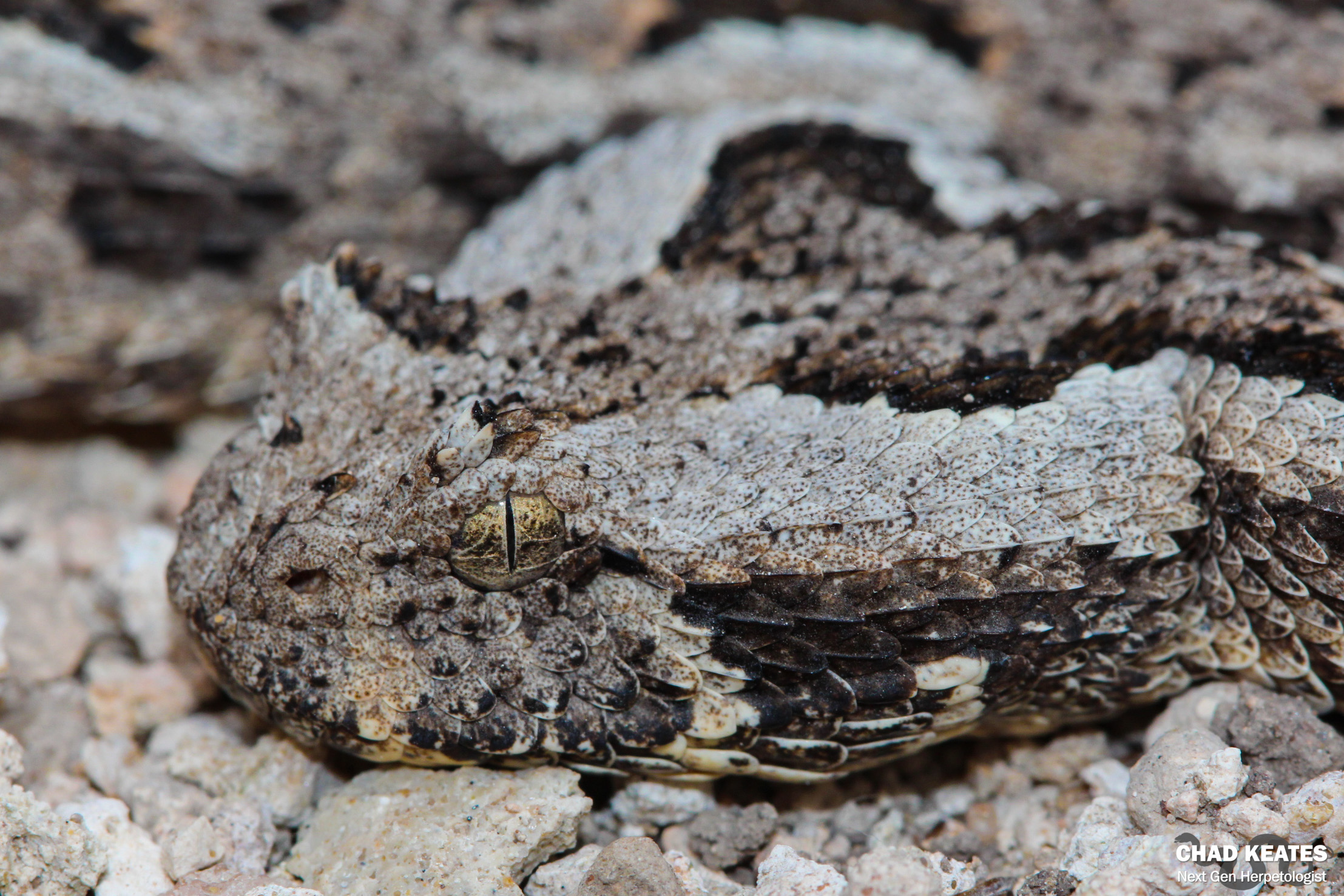

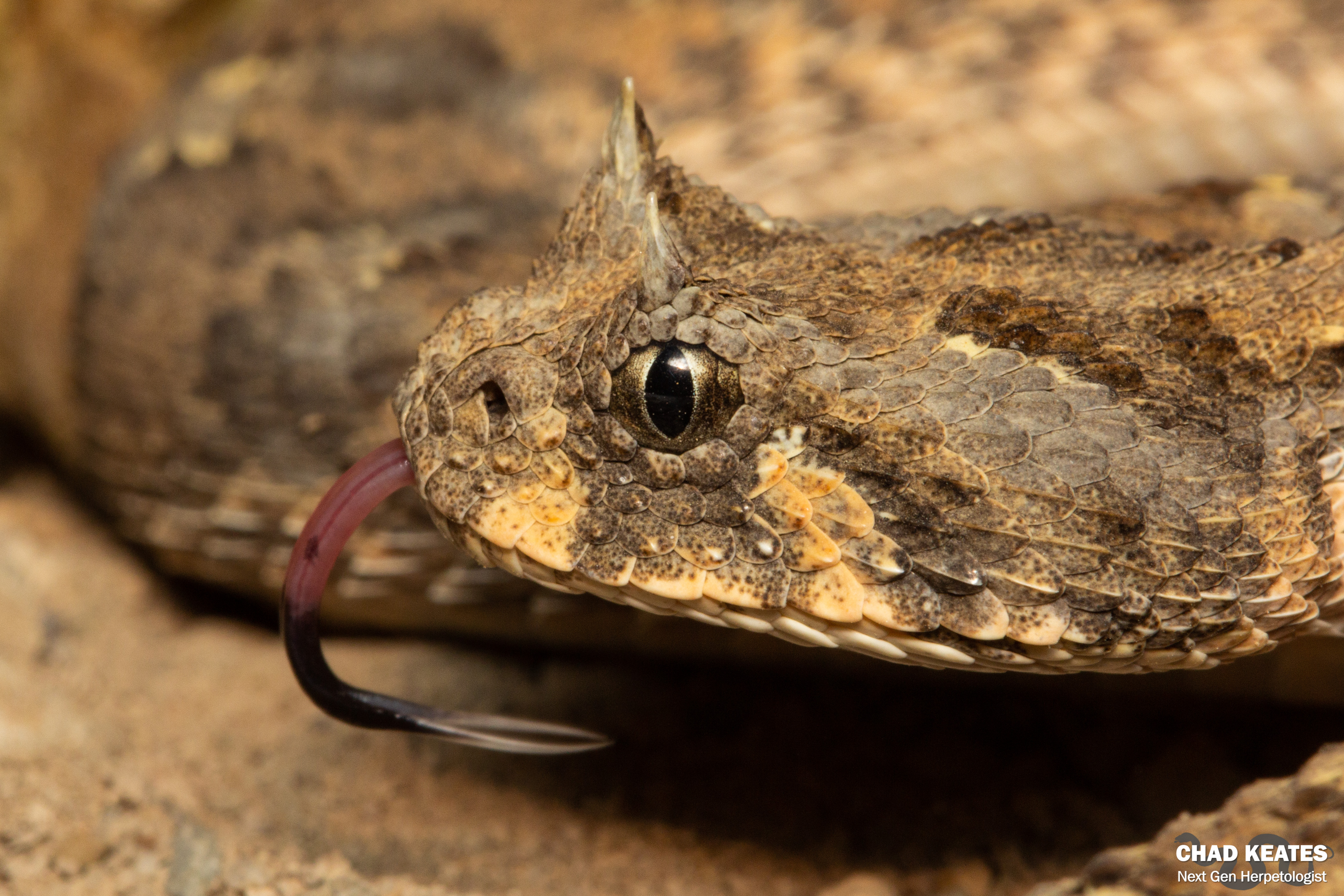
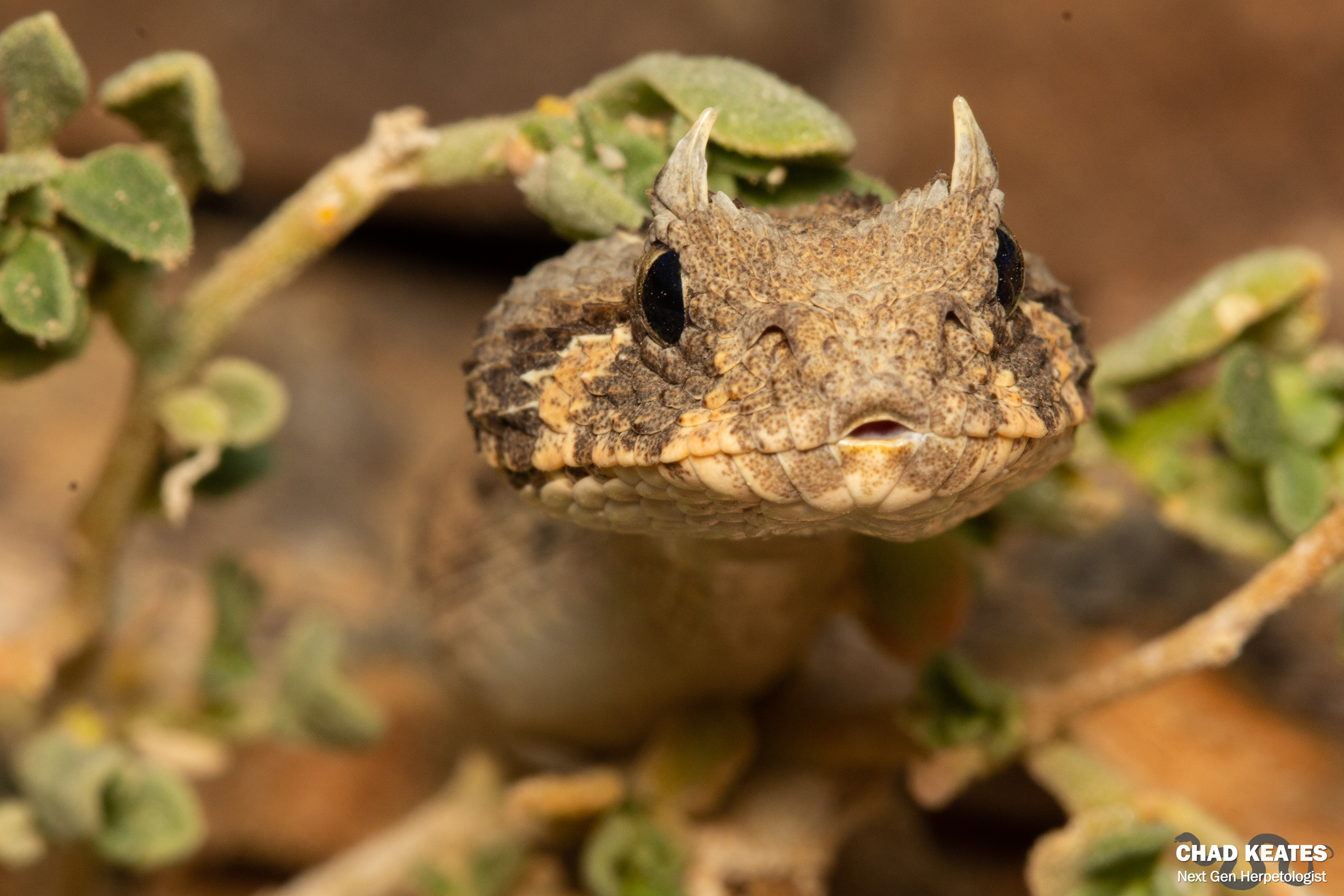
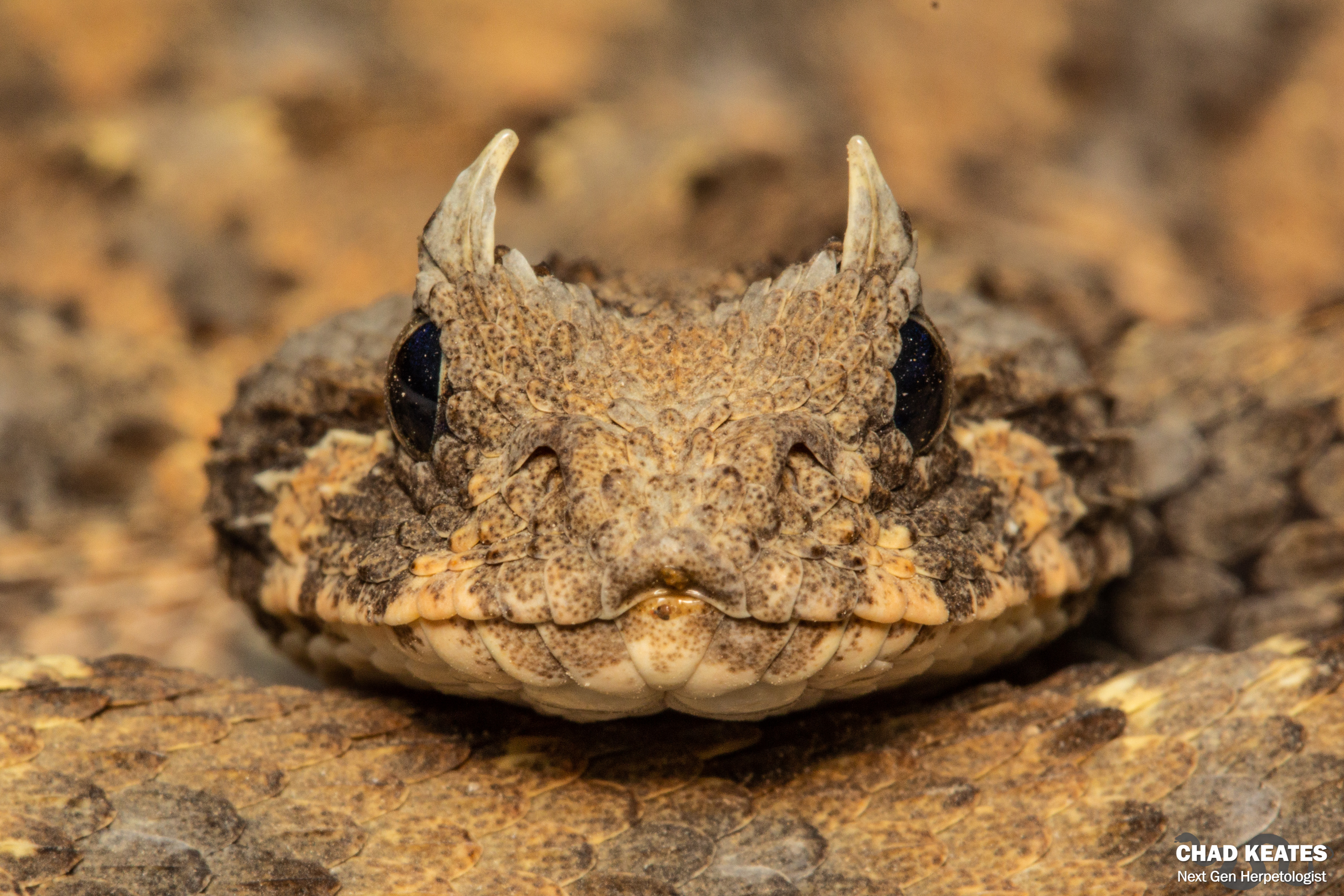
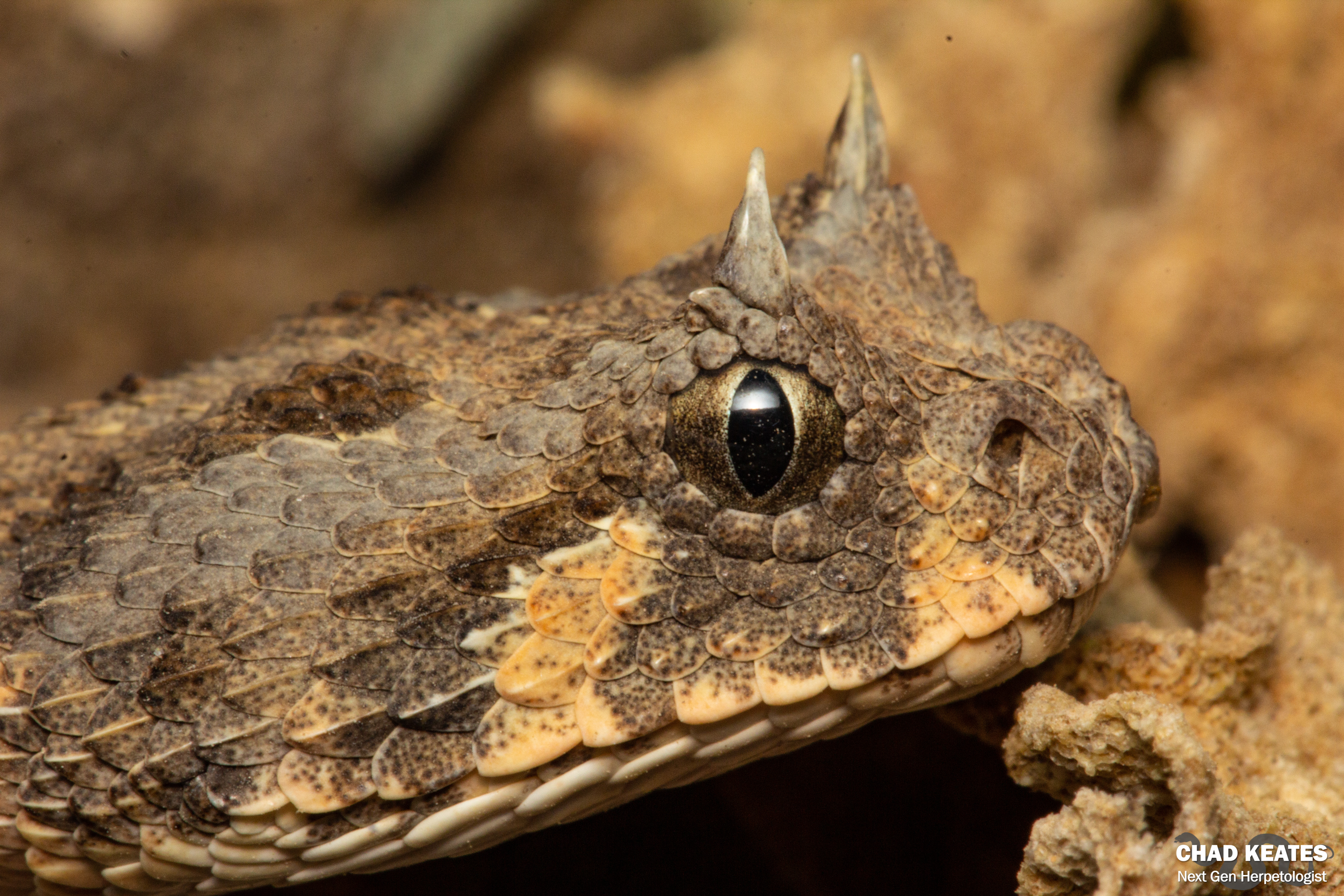
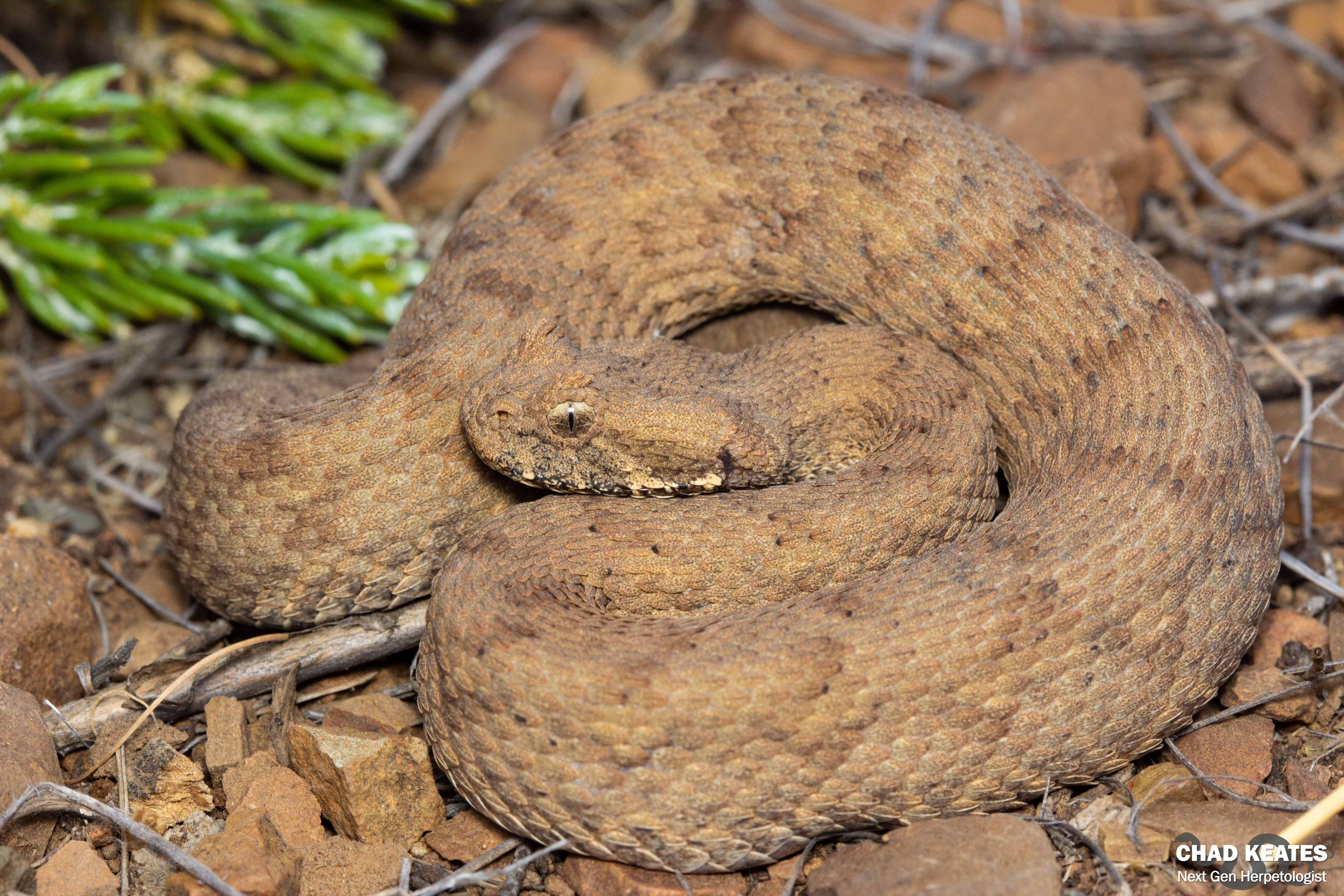
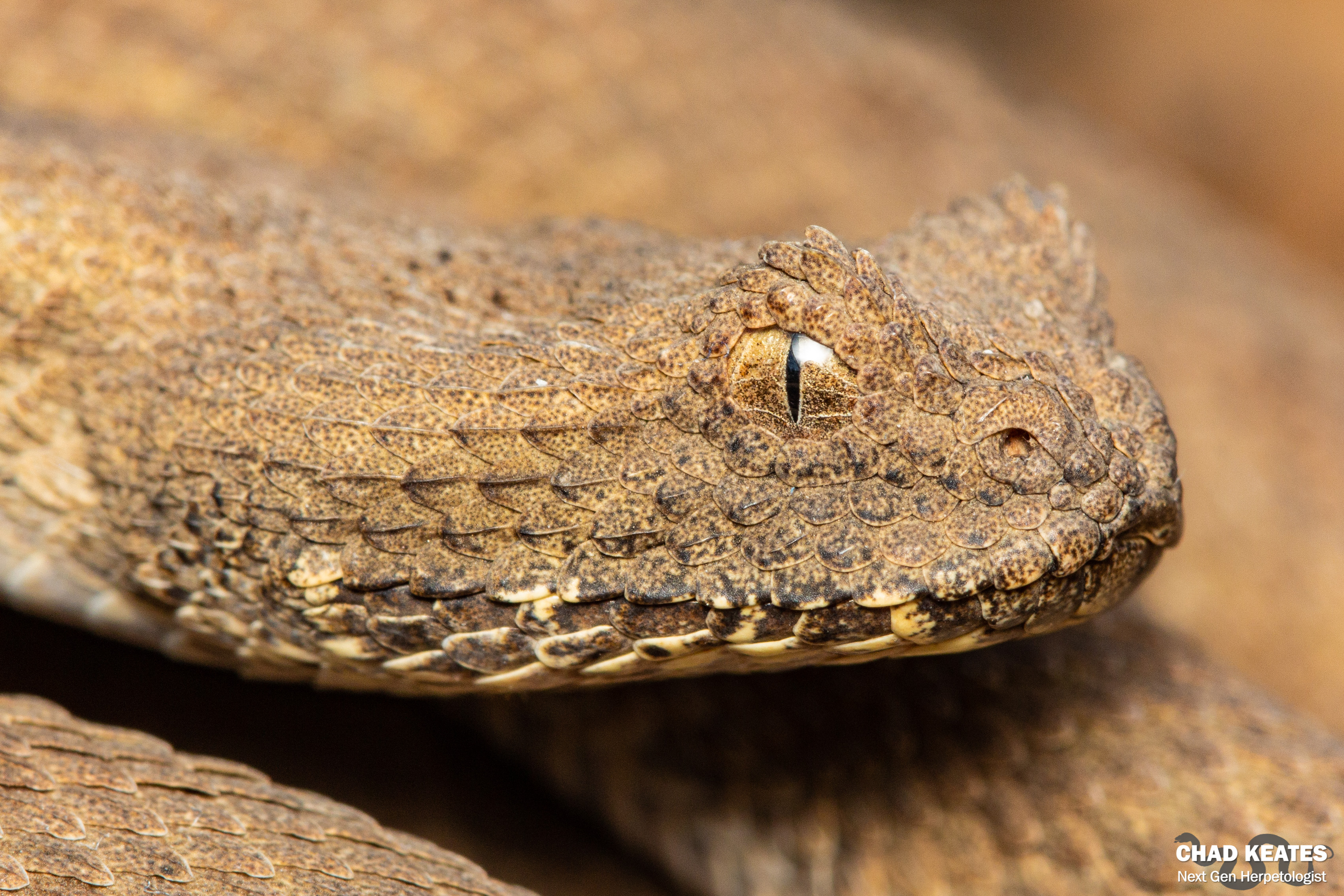

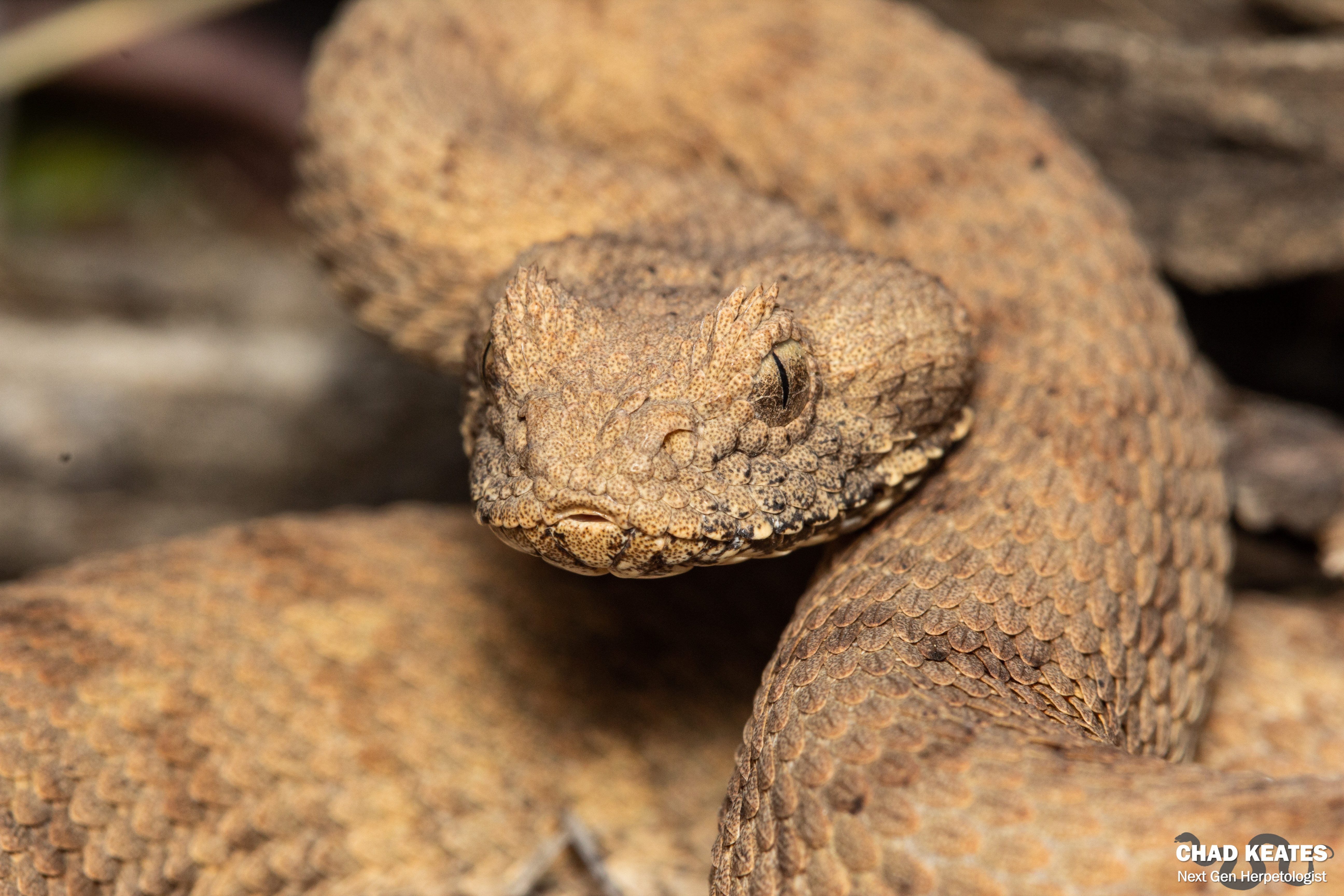
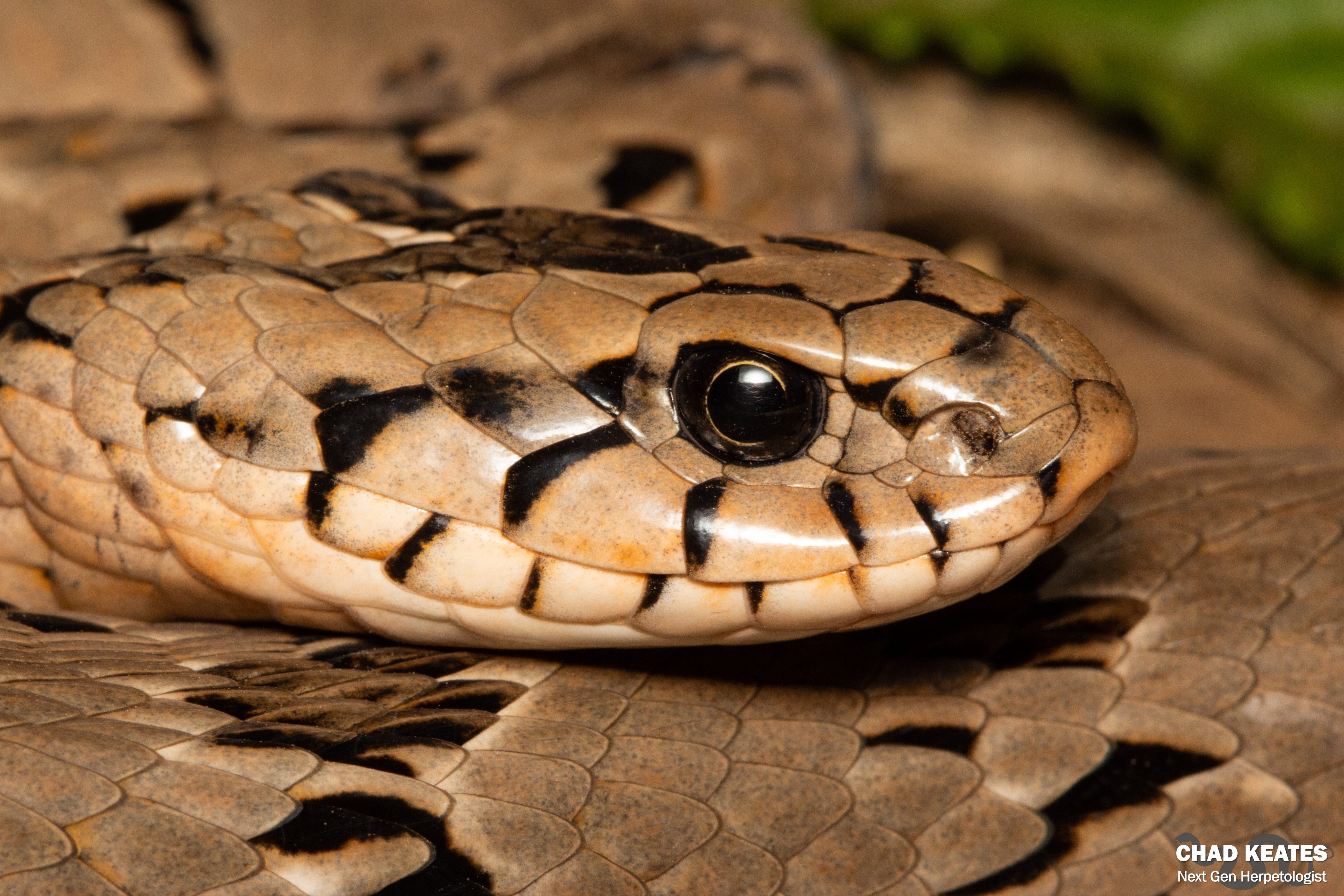
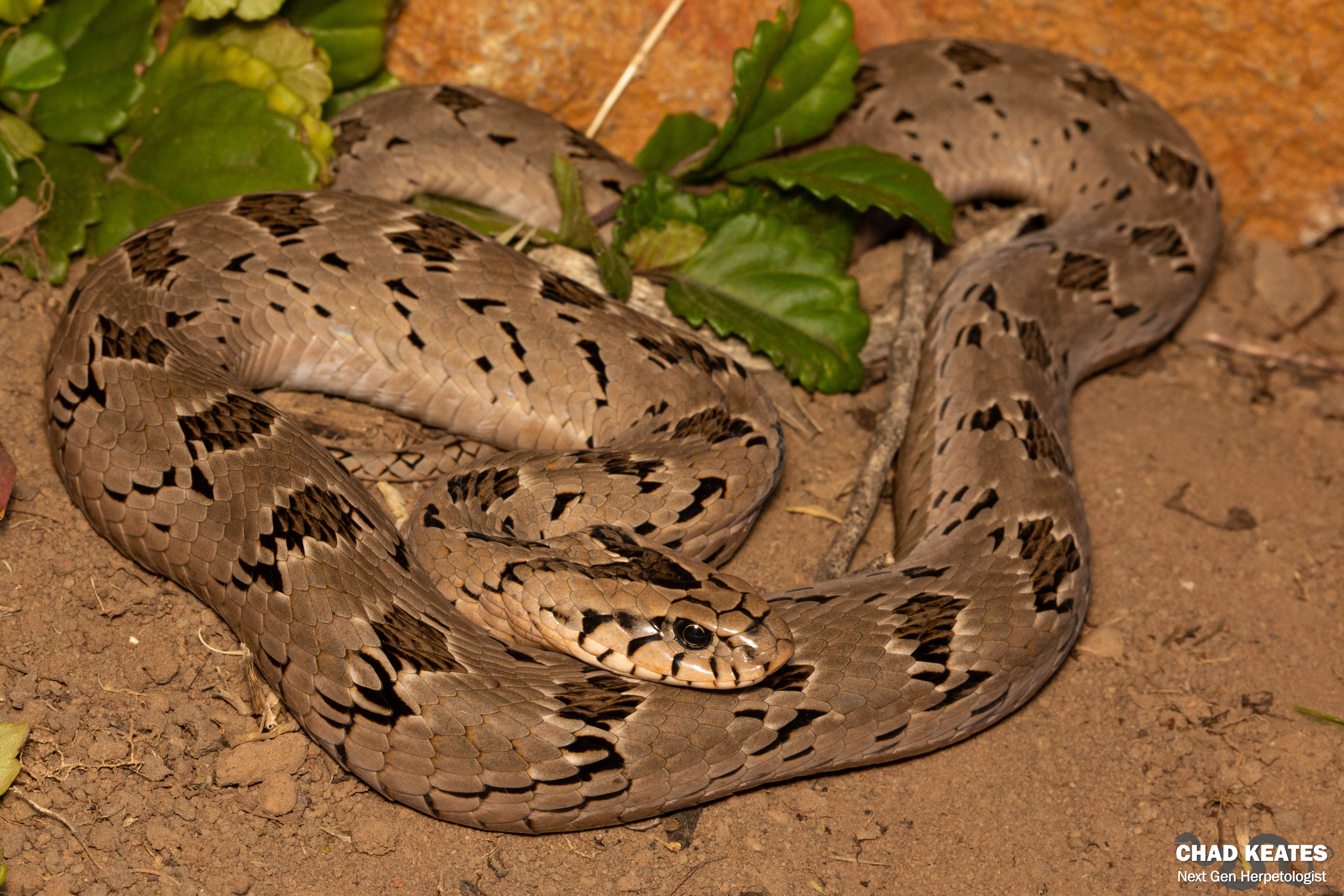
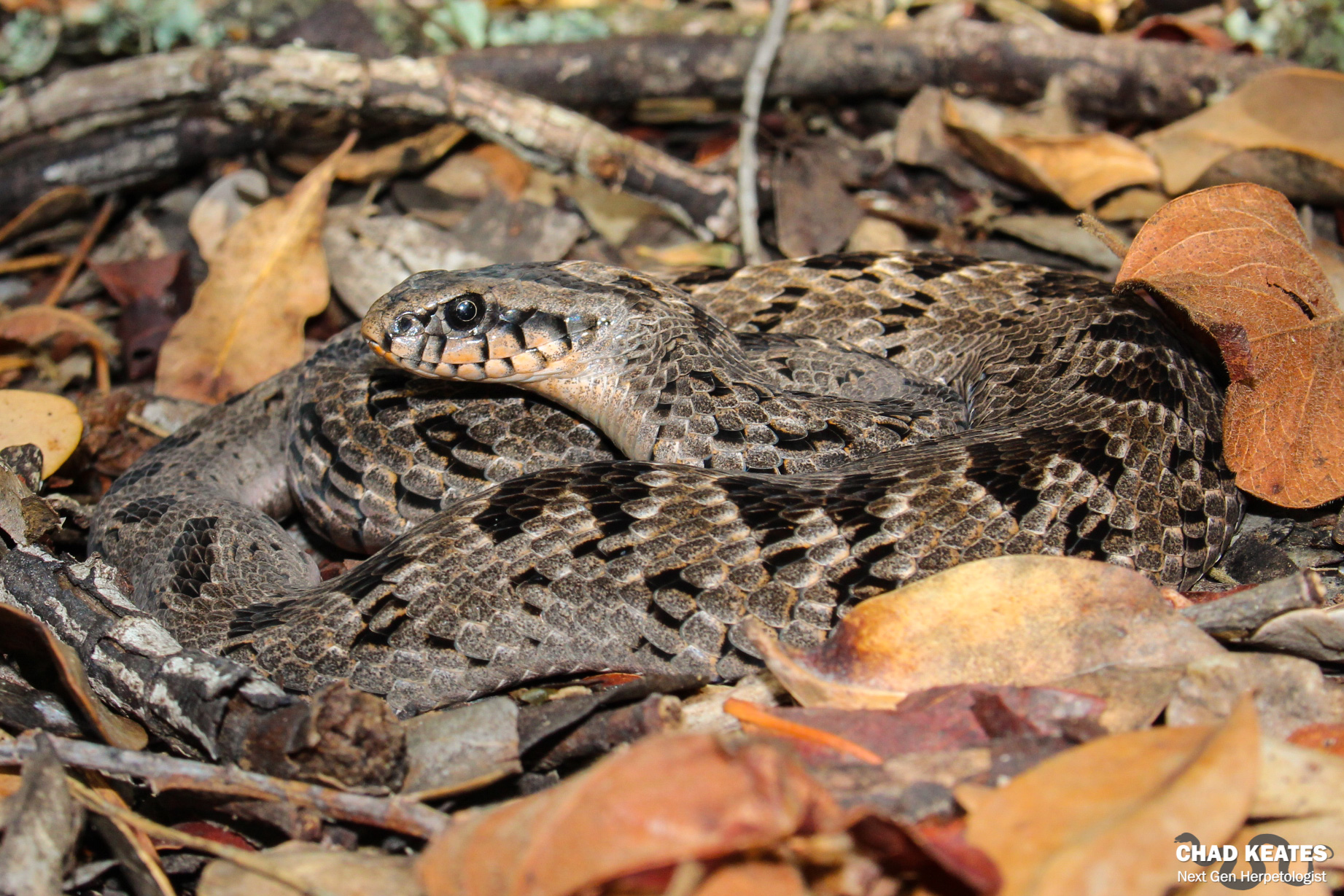
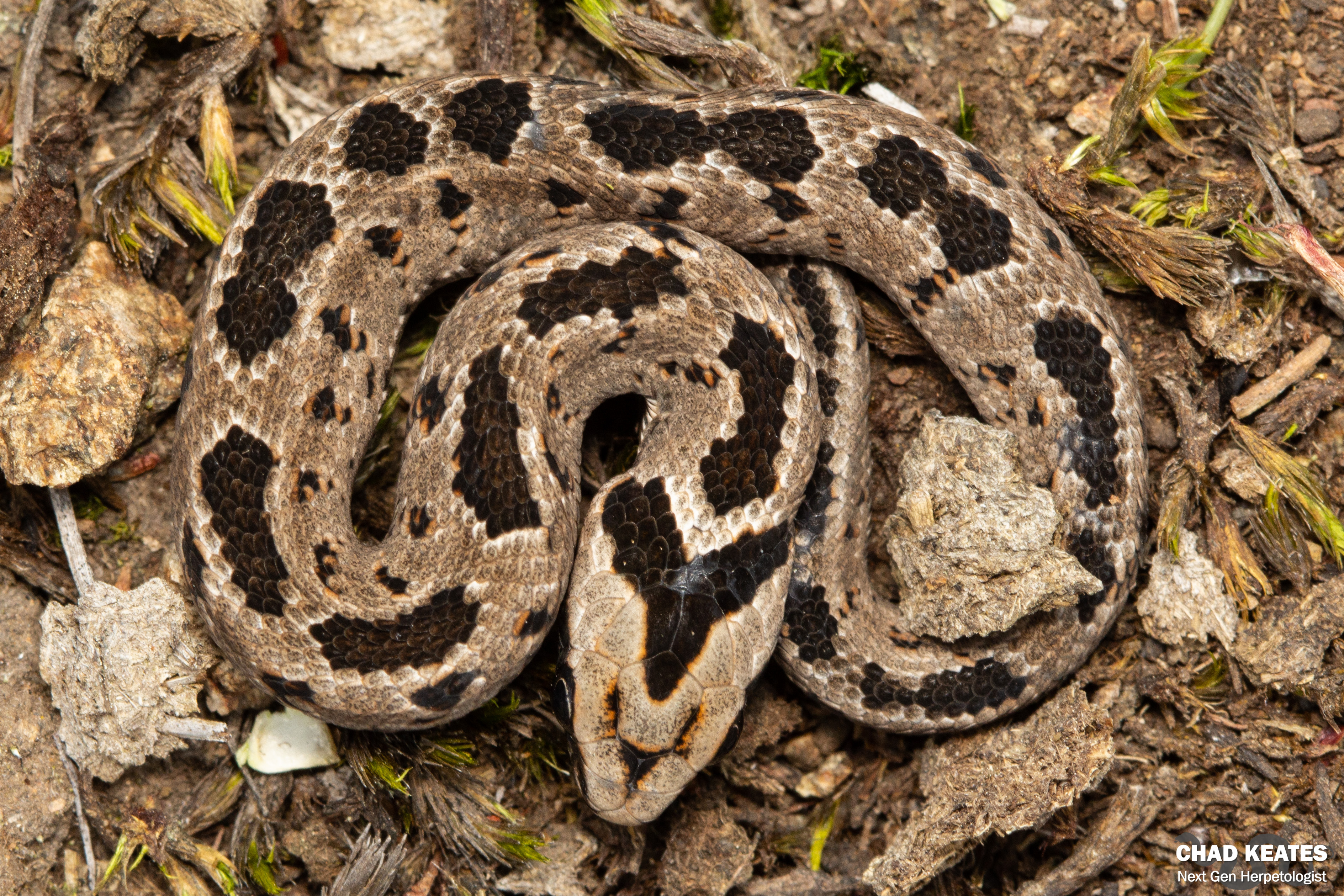

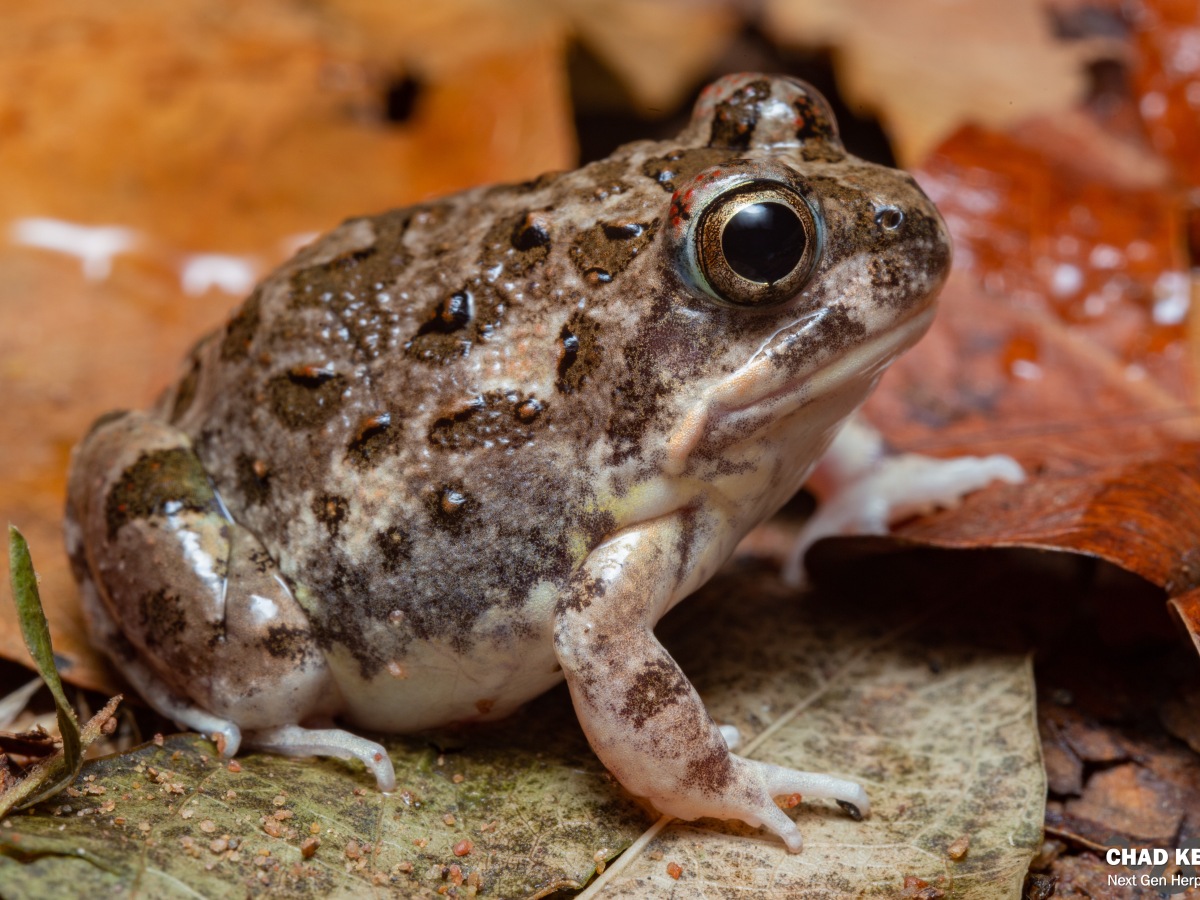
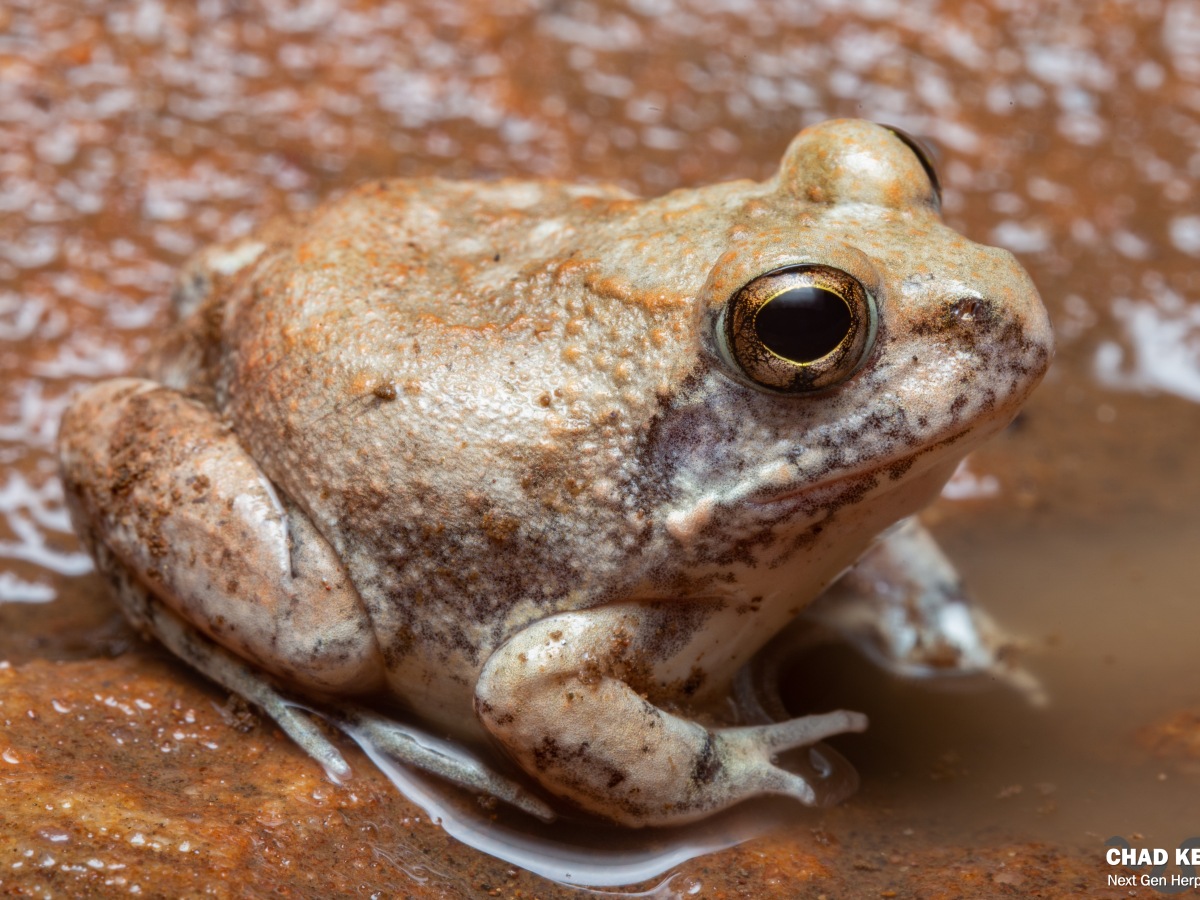
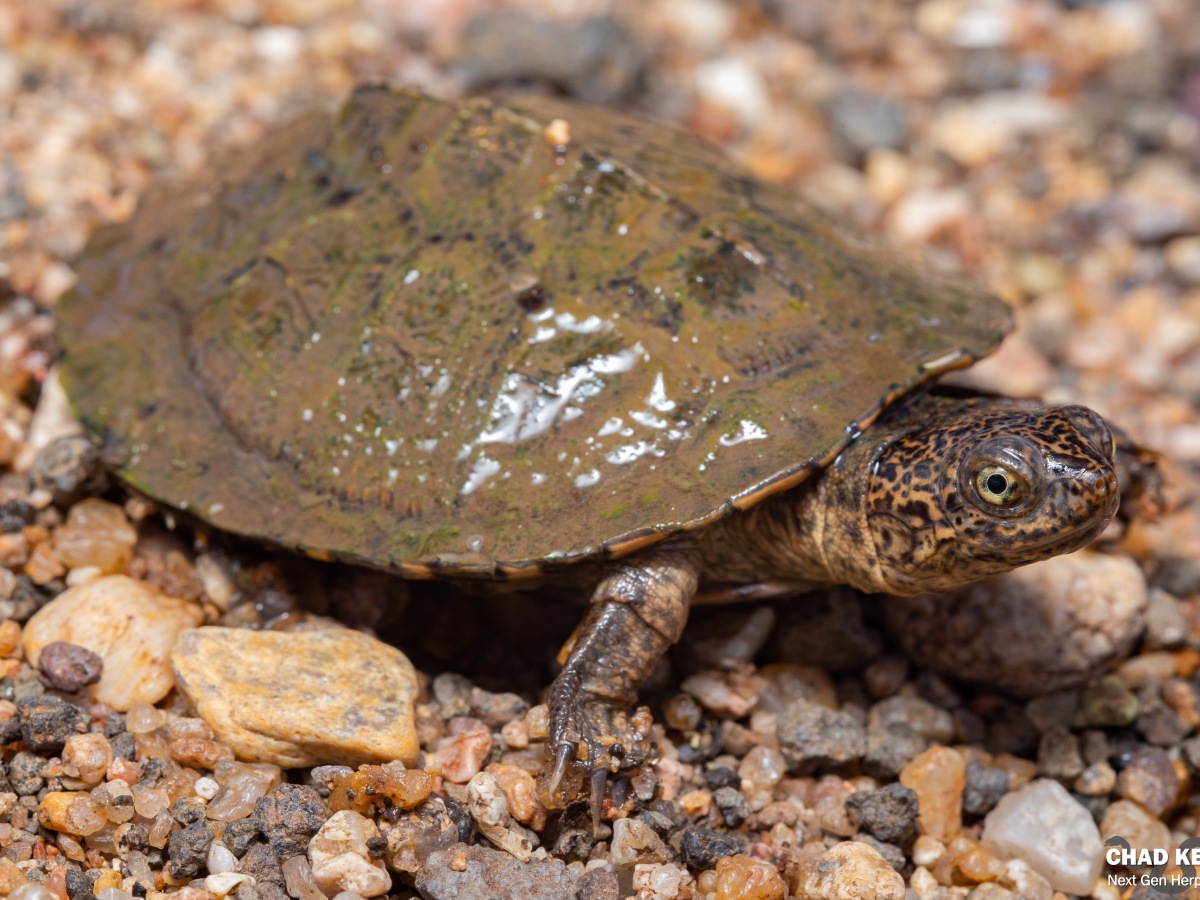
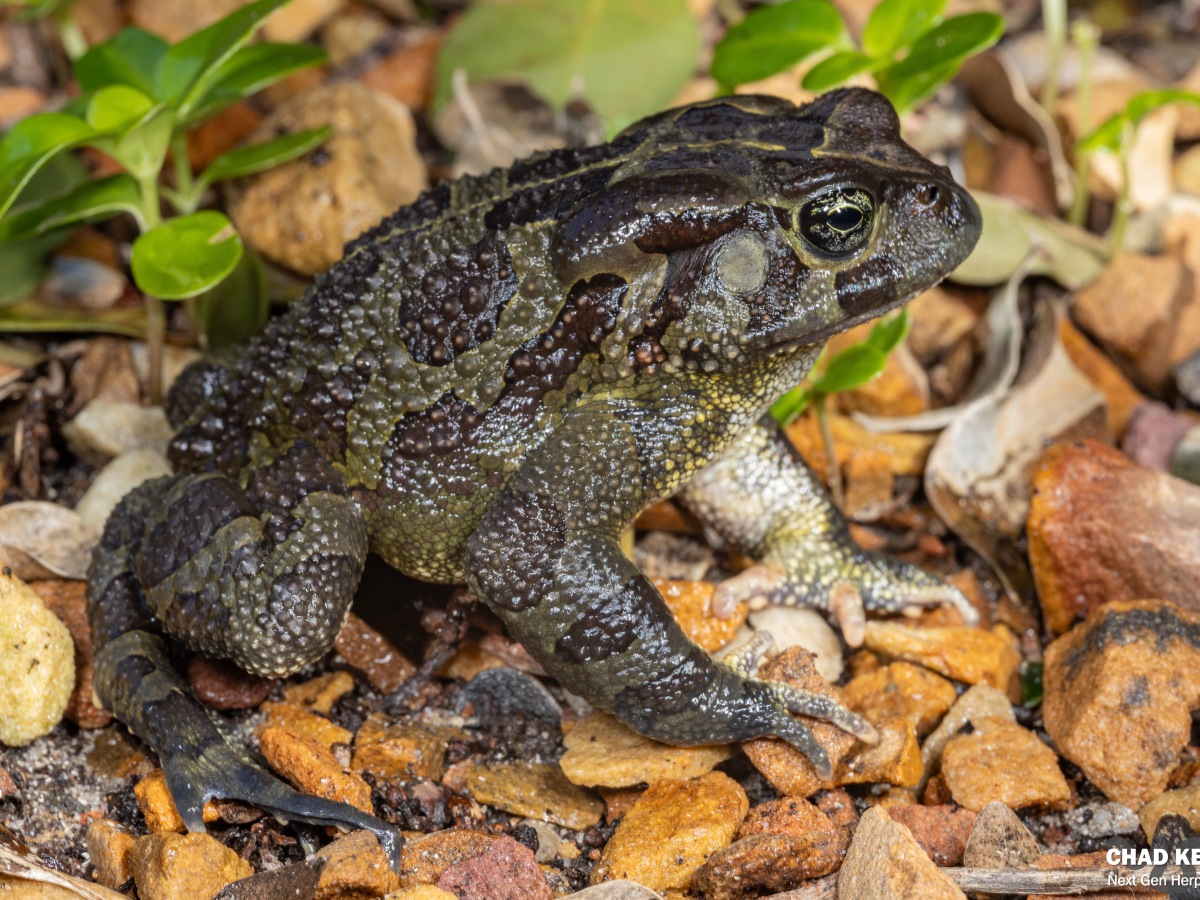

An excellent and very useful presentation!
LikeLike